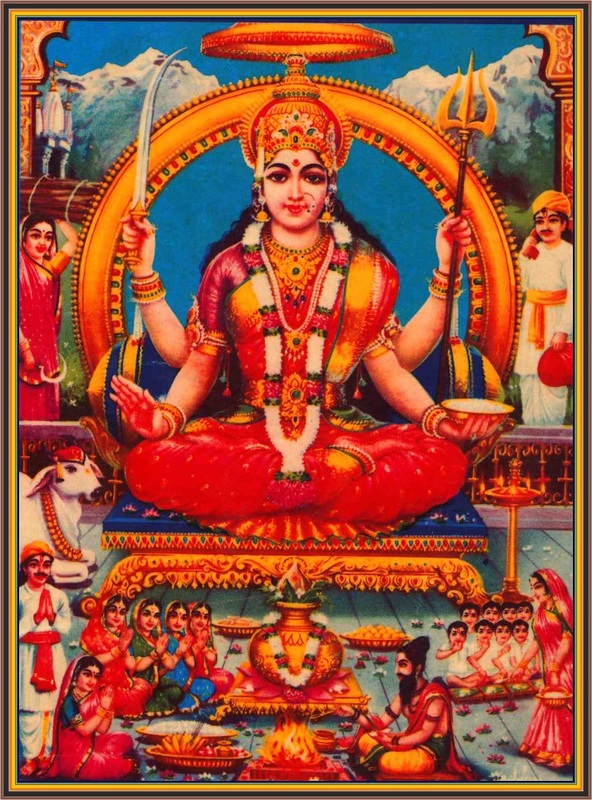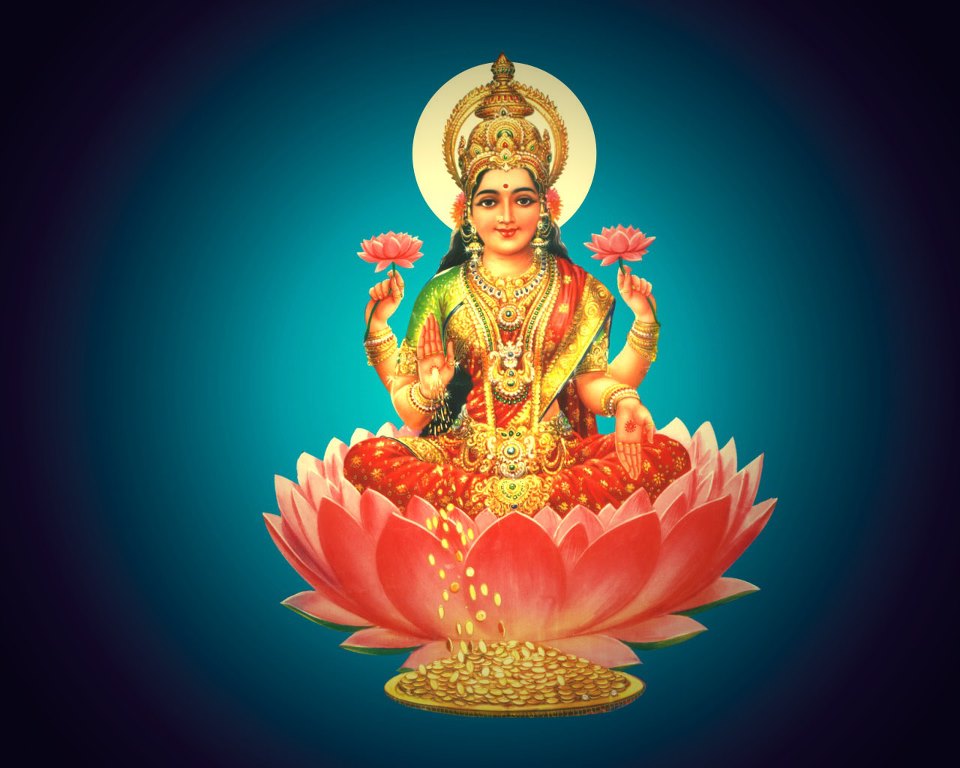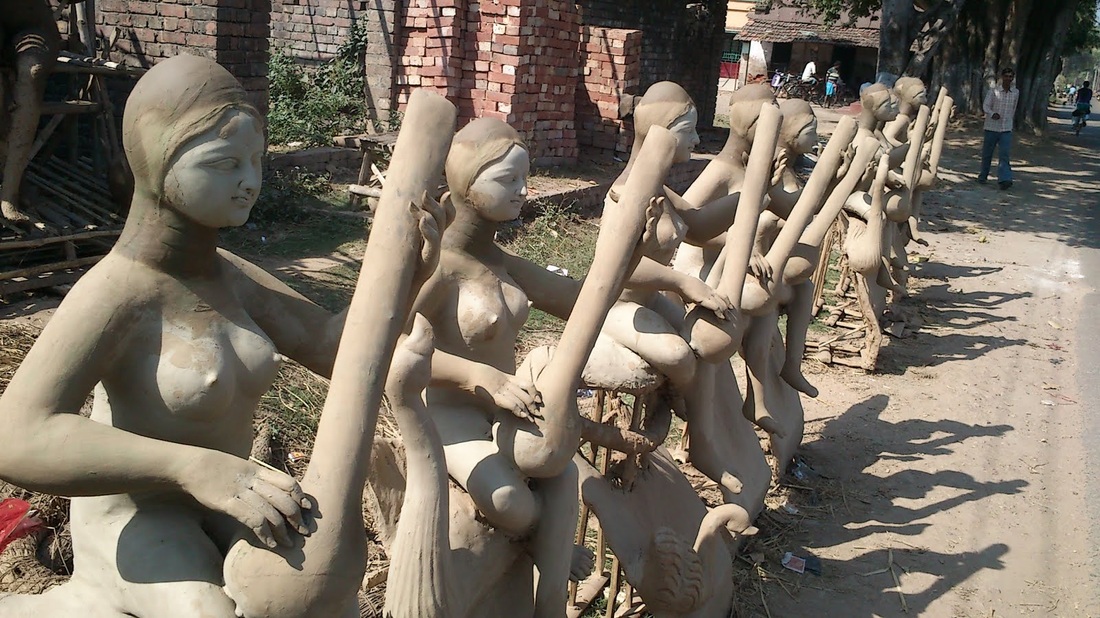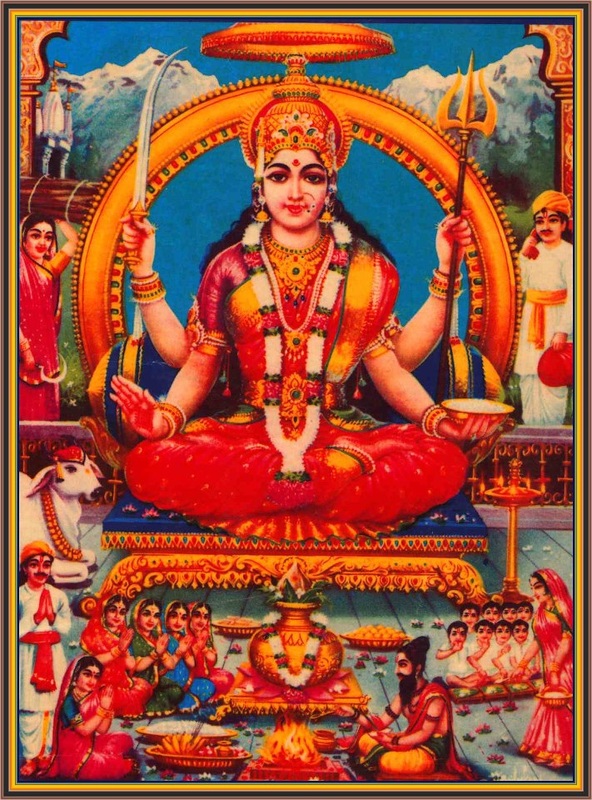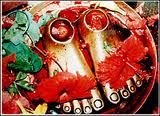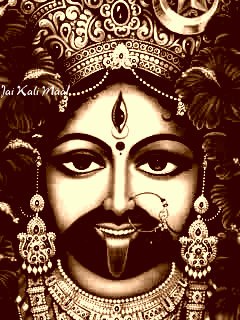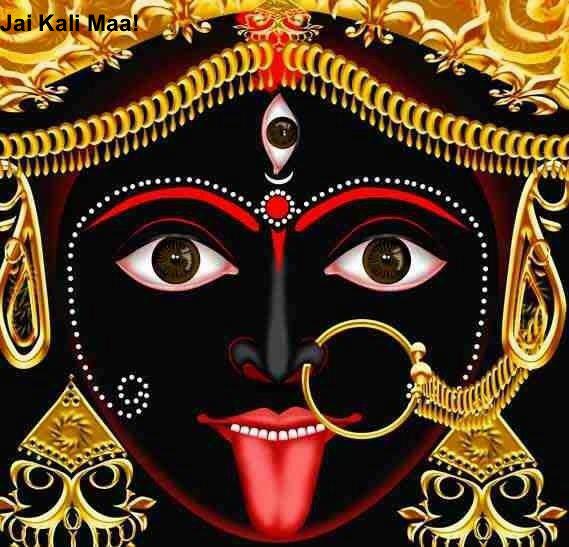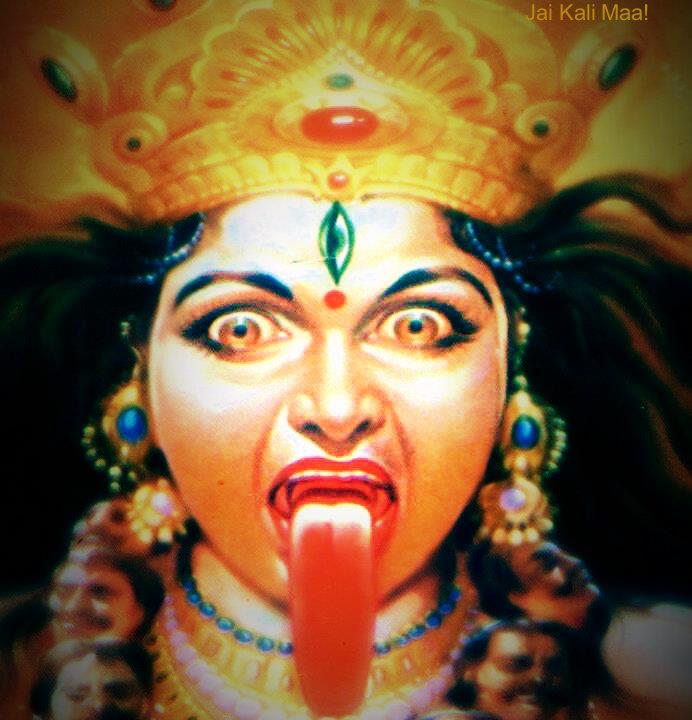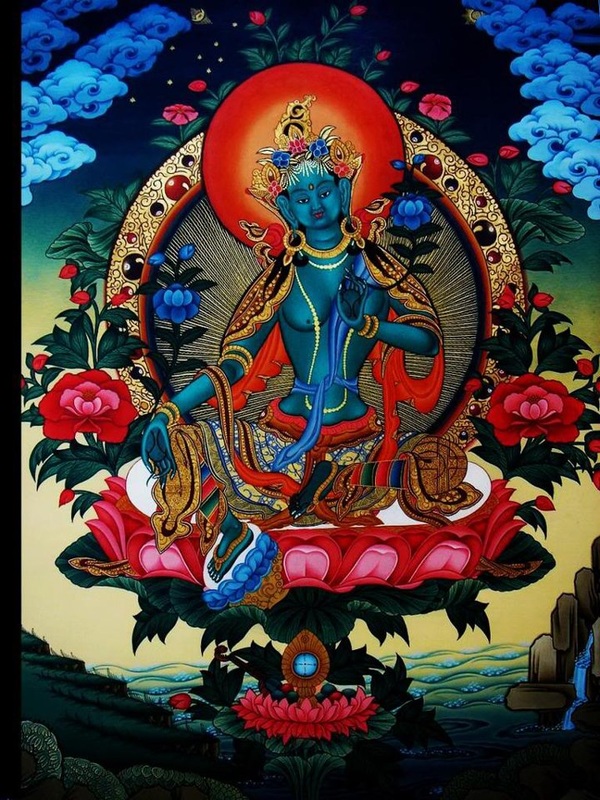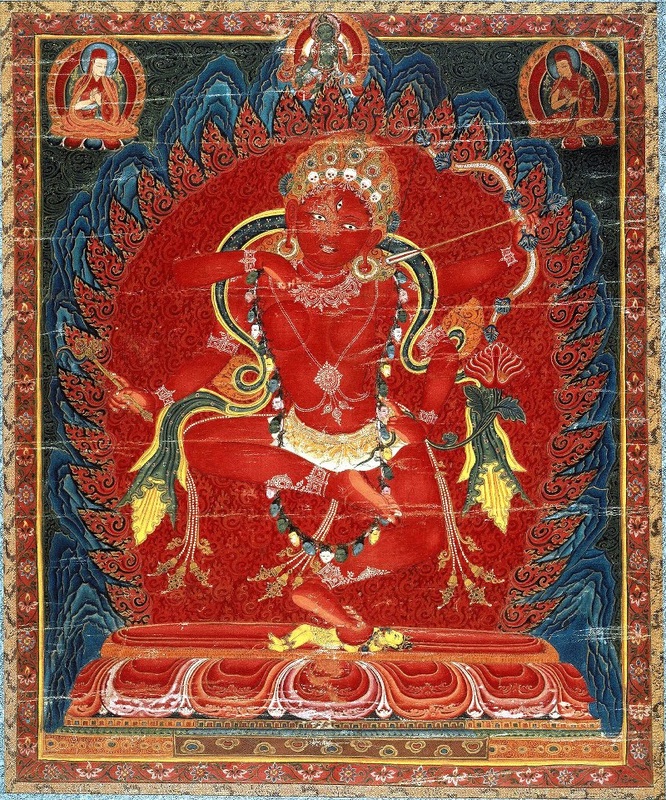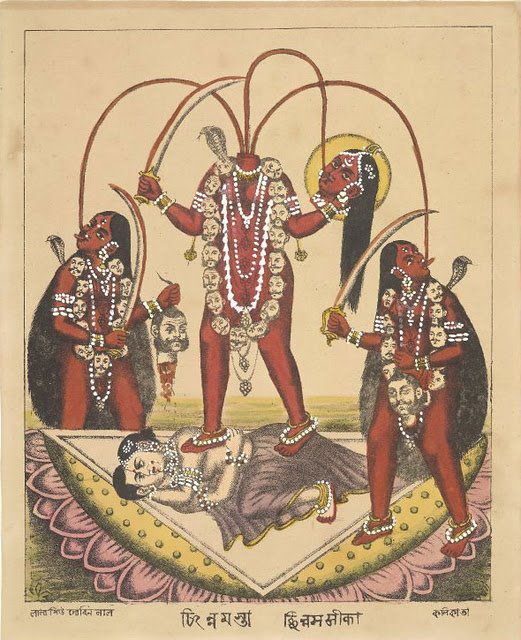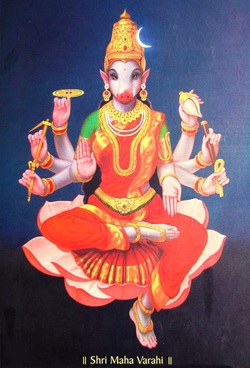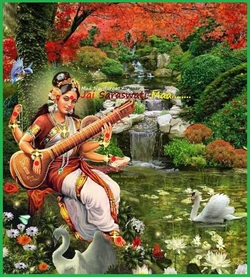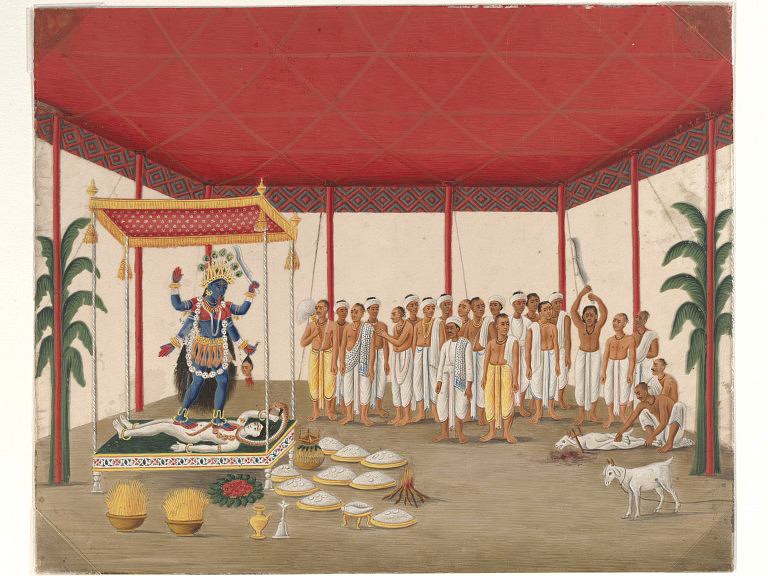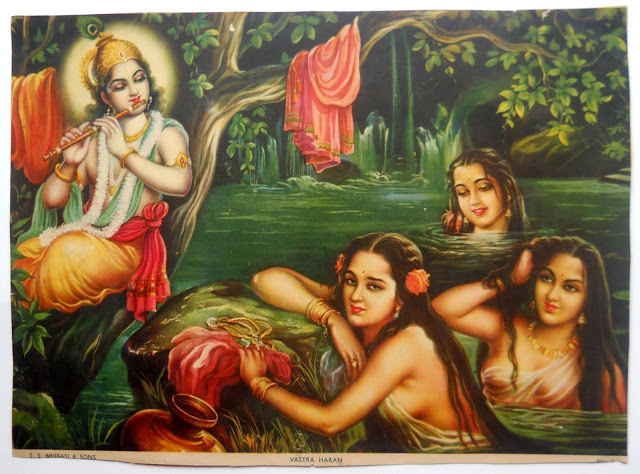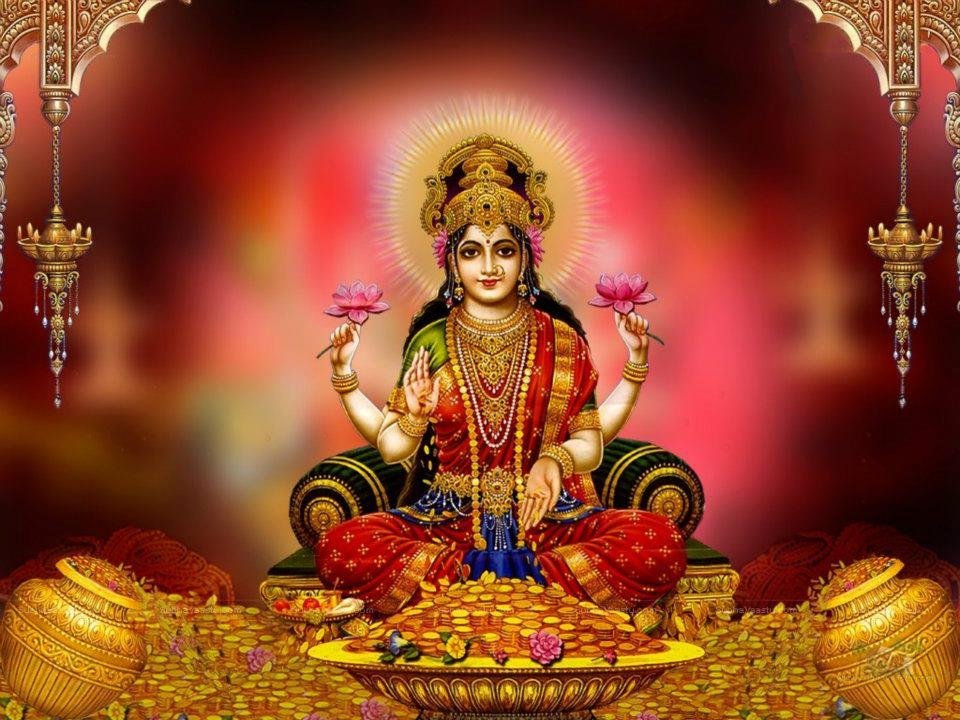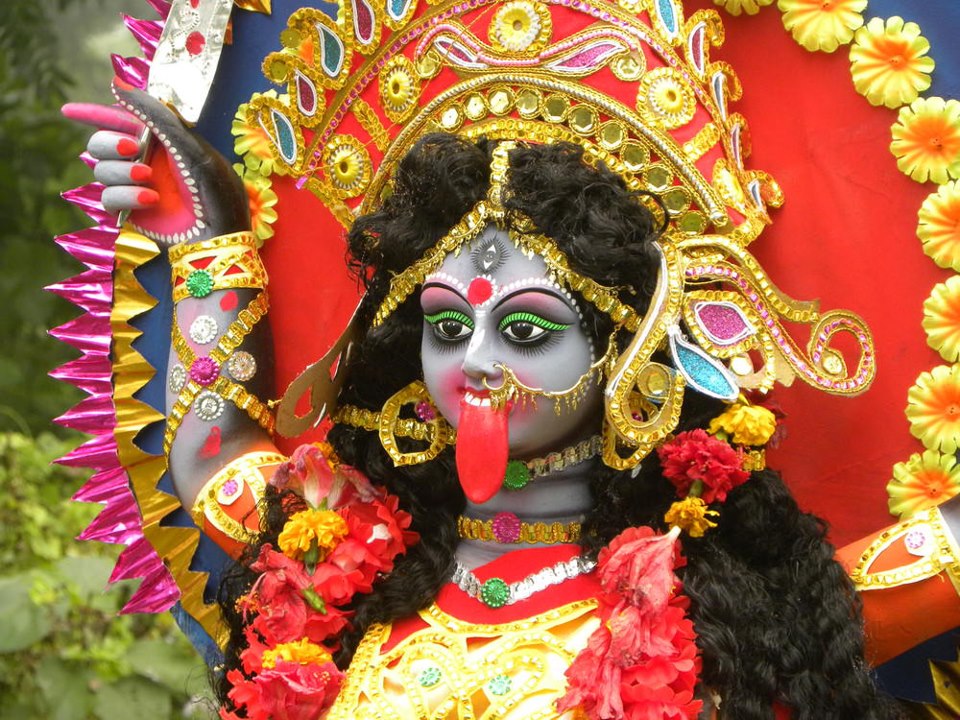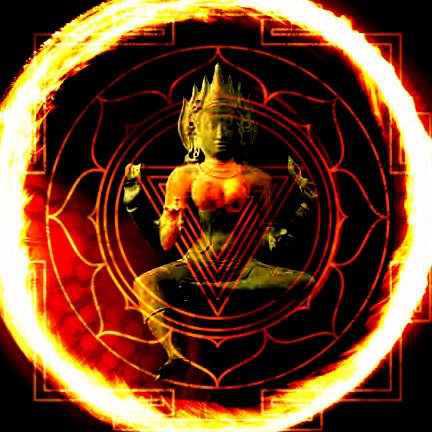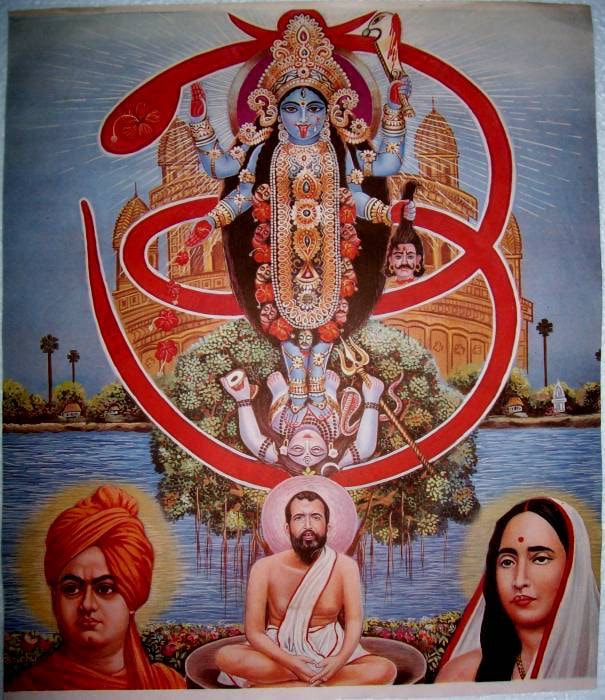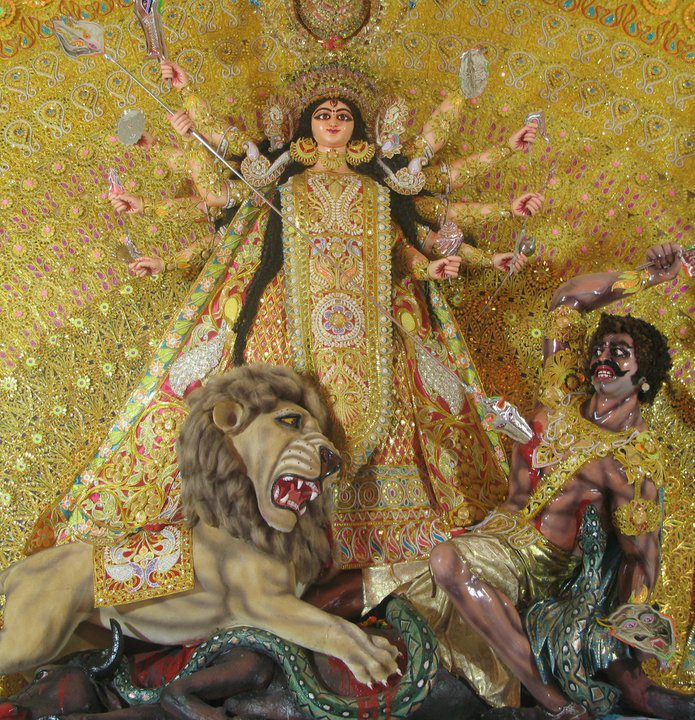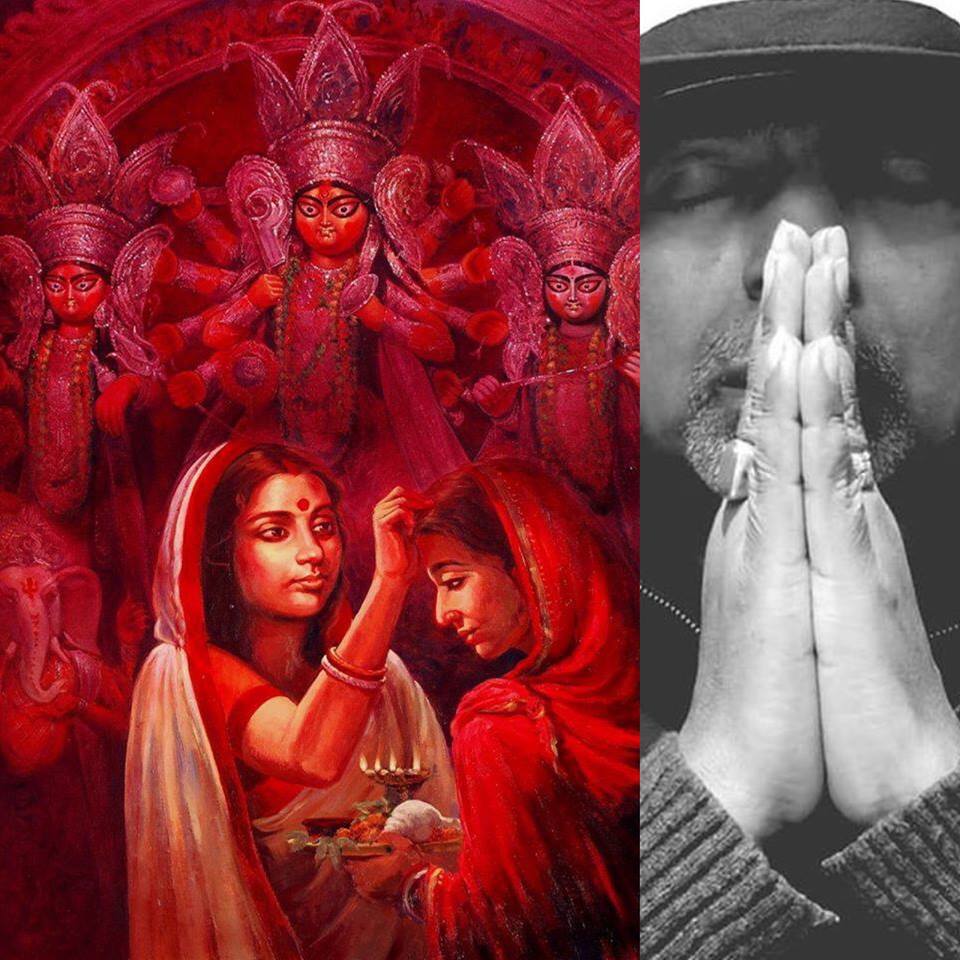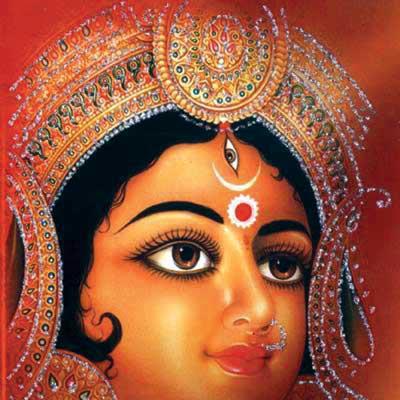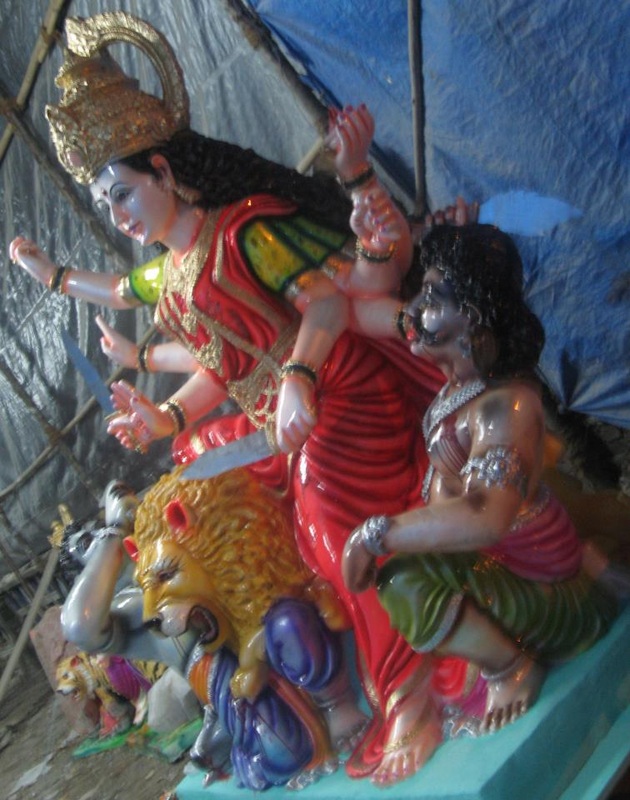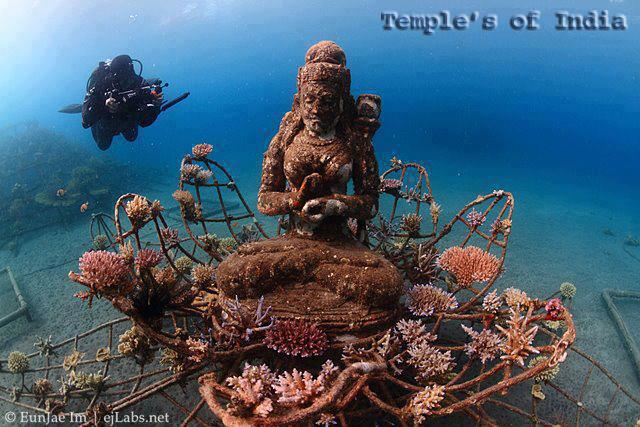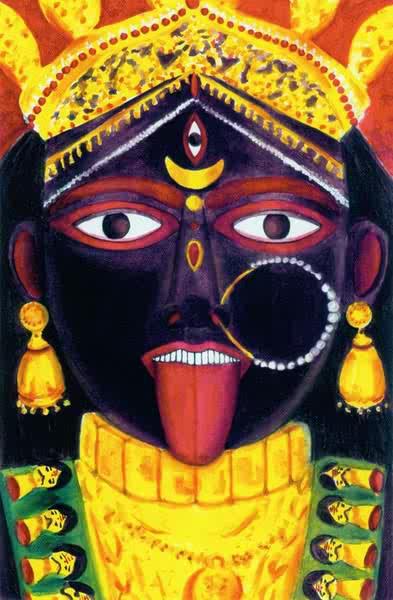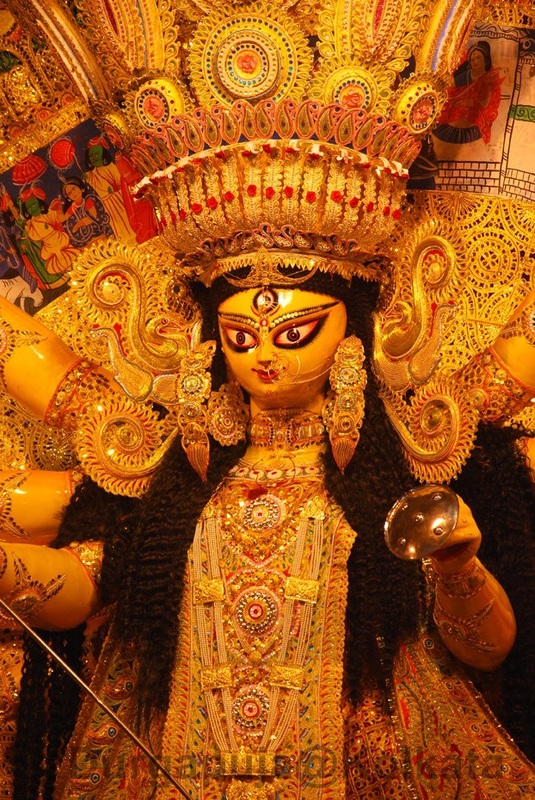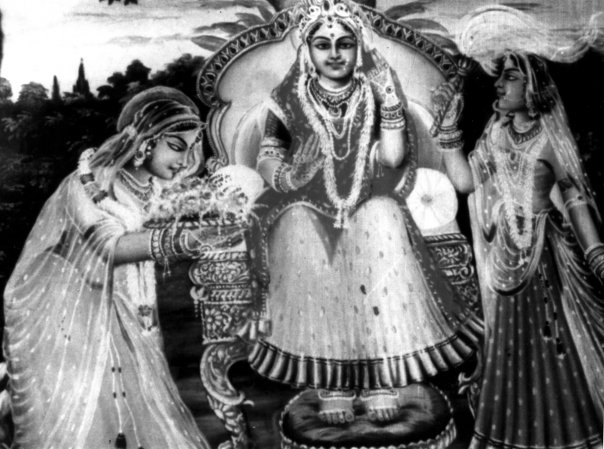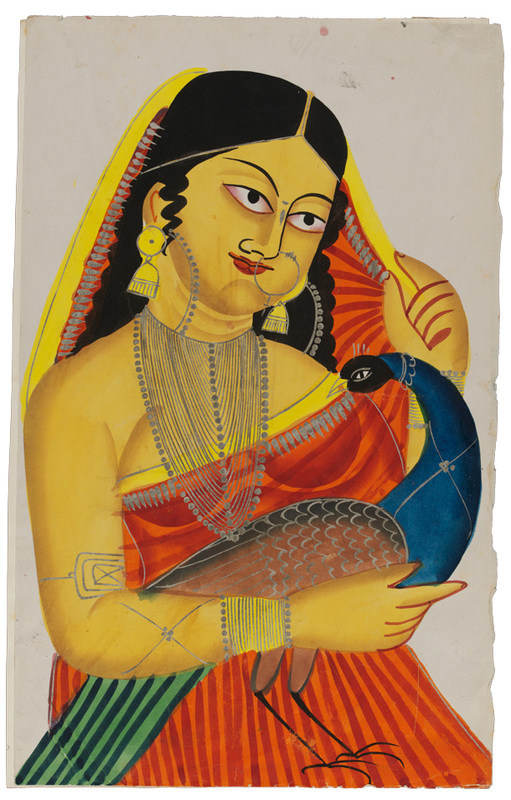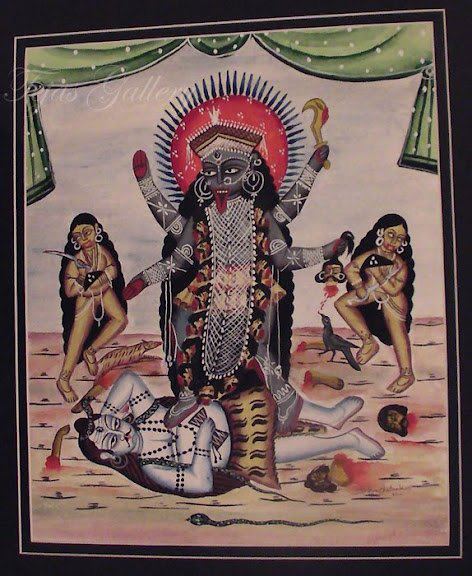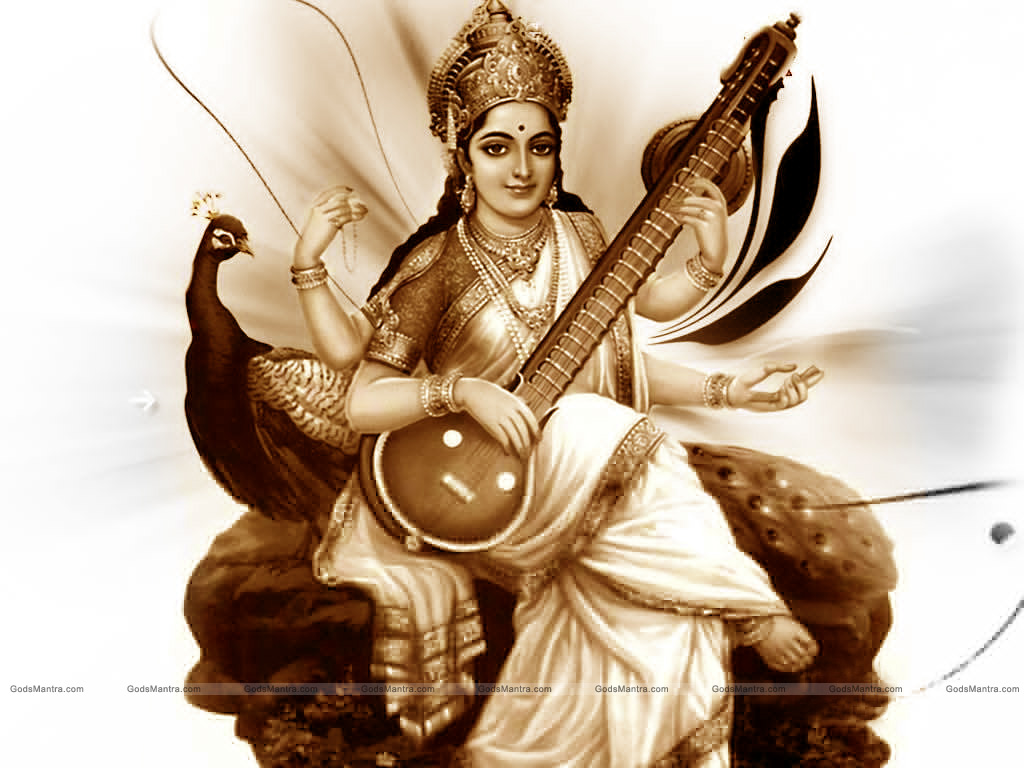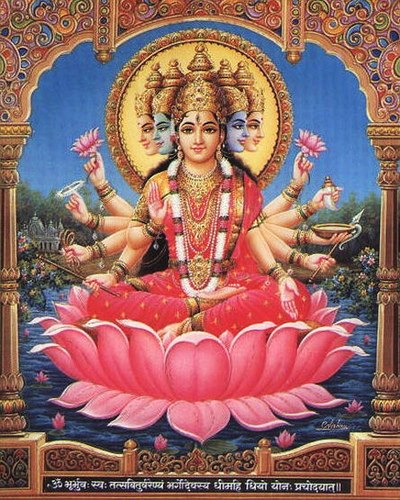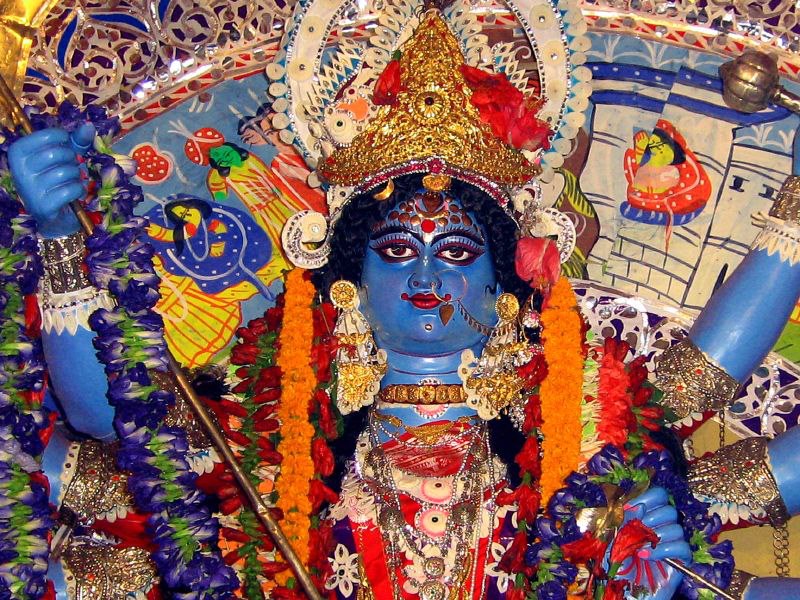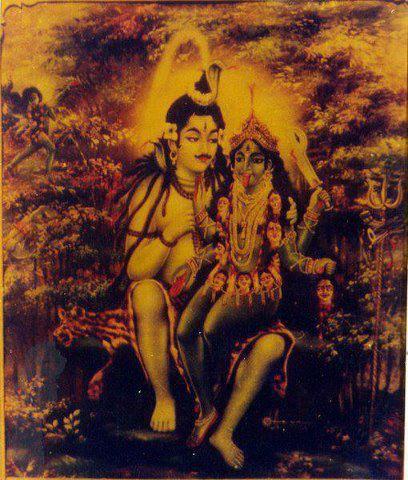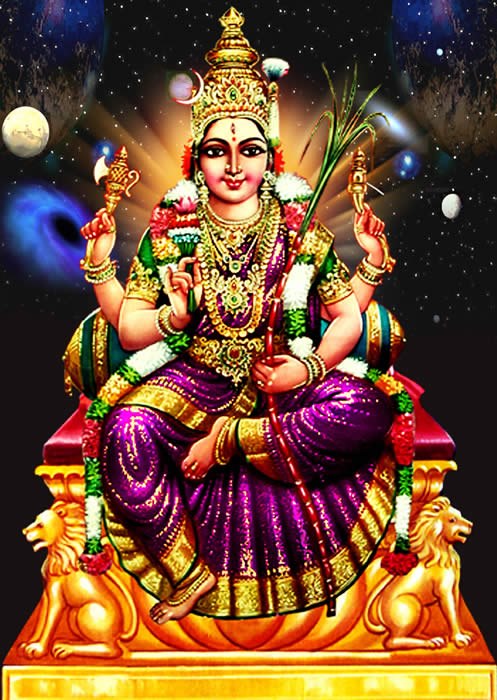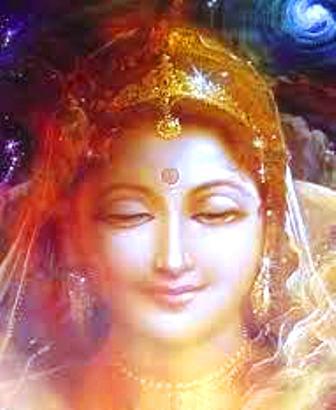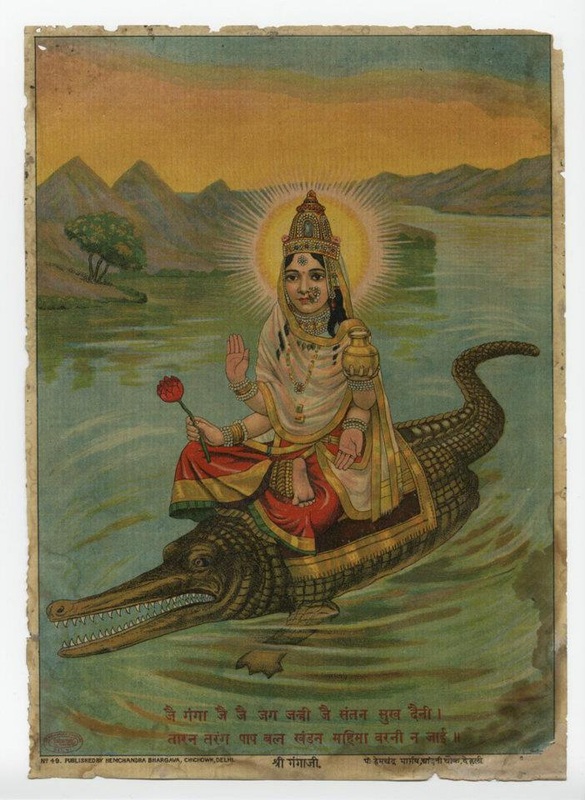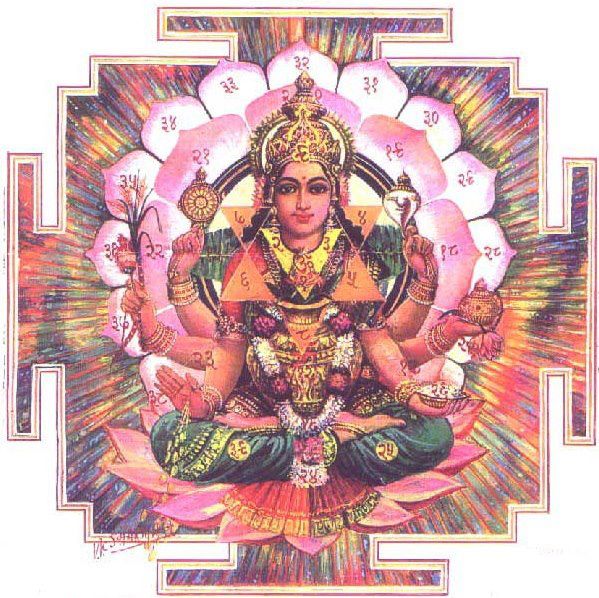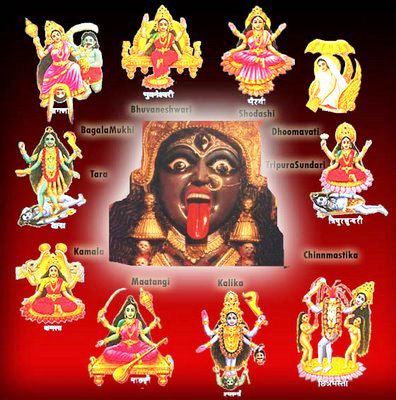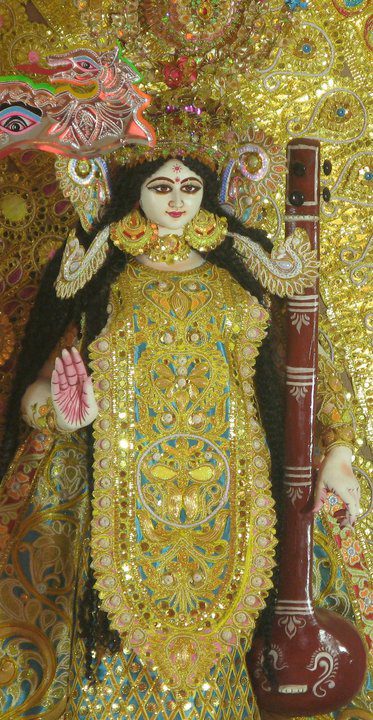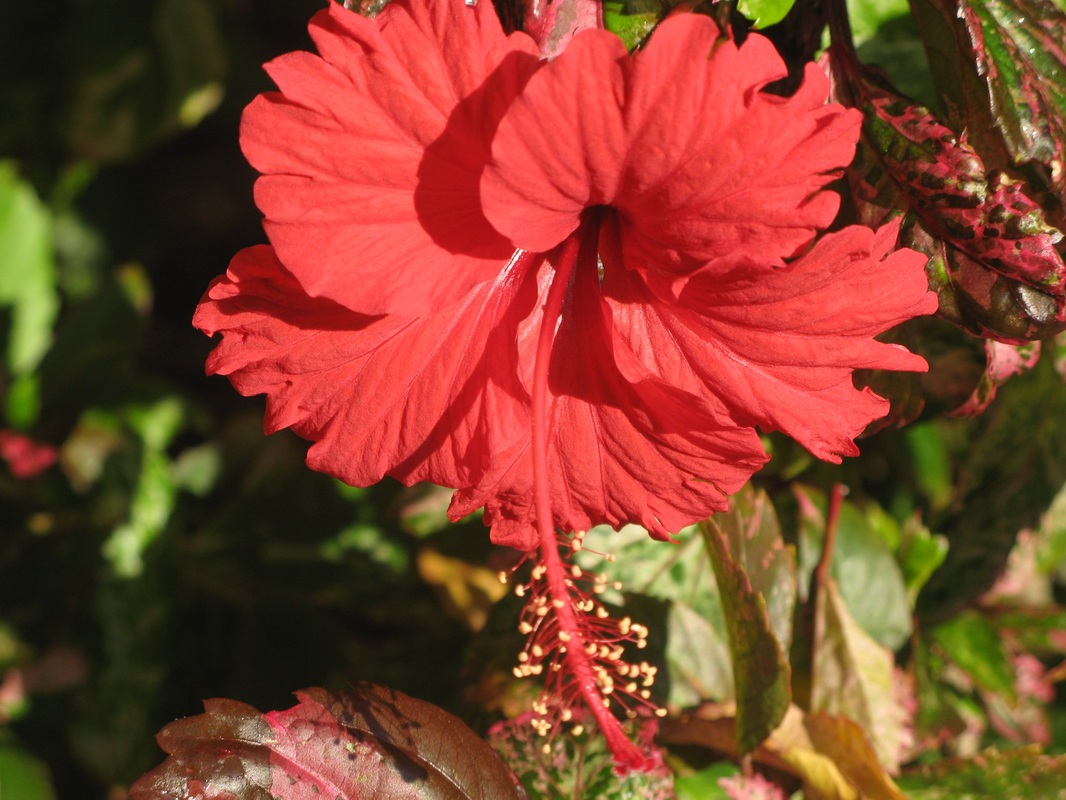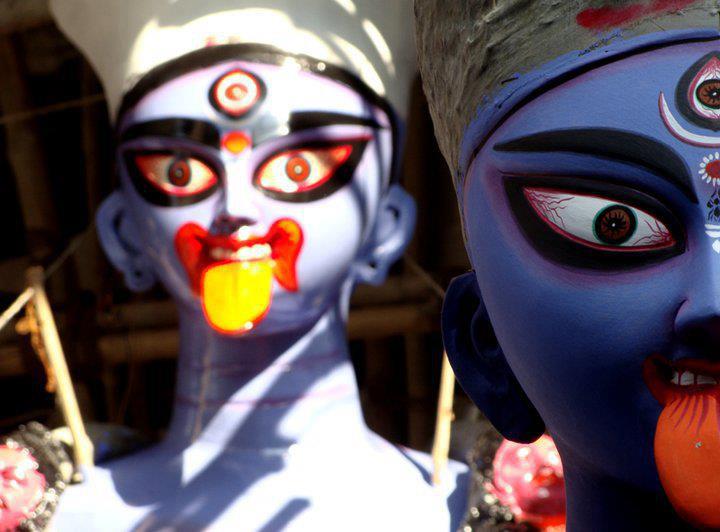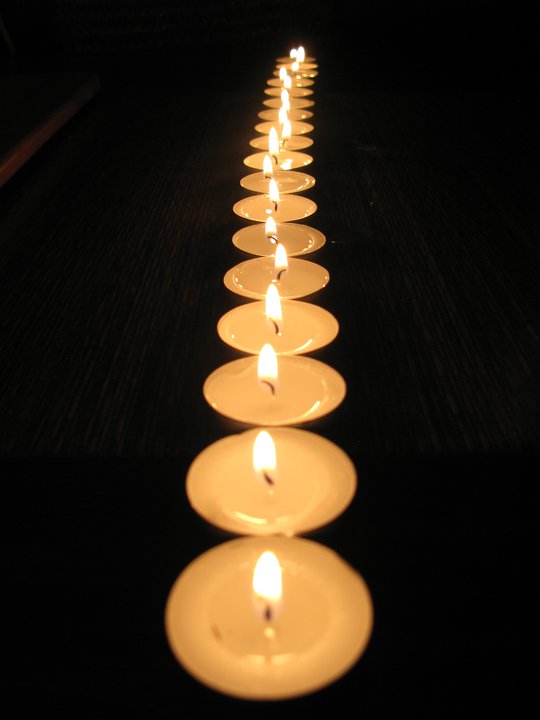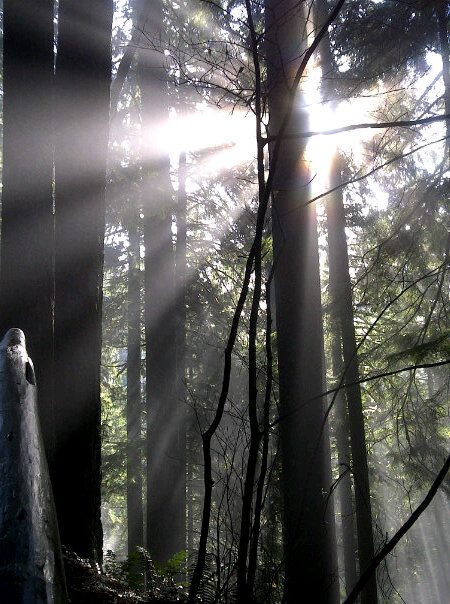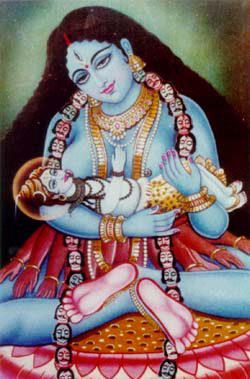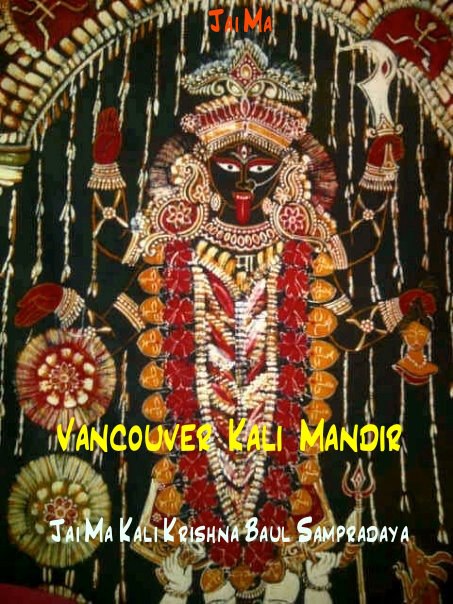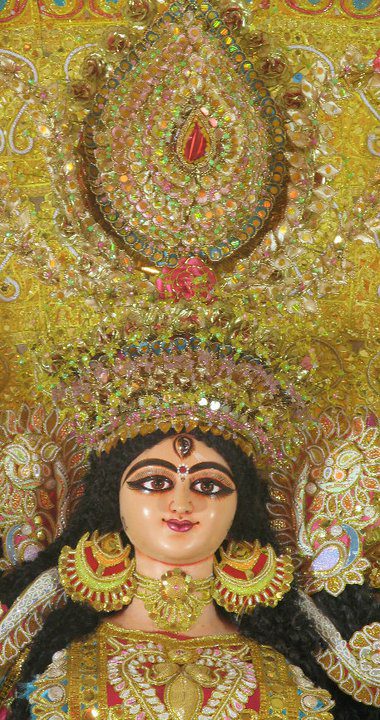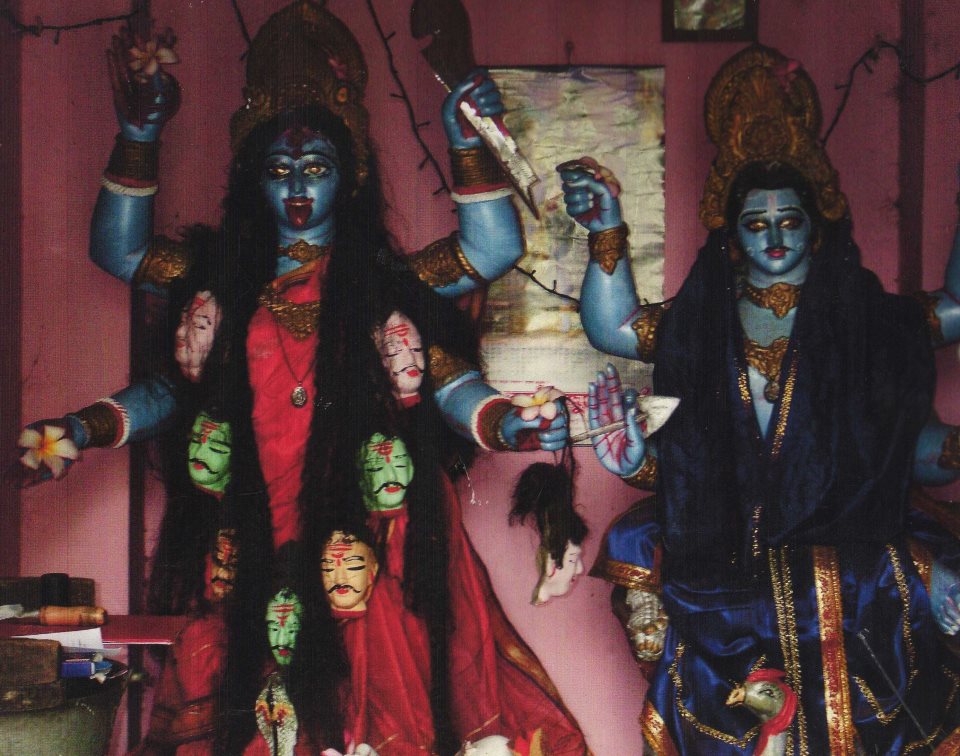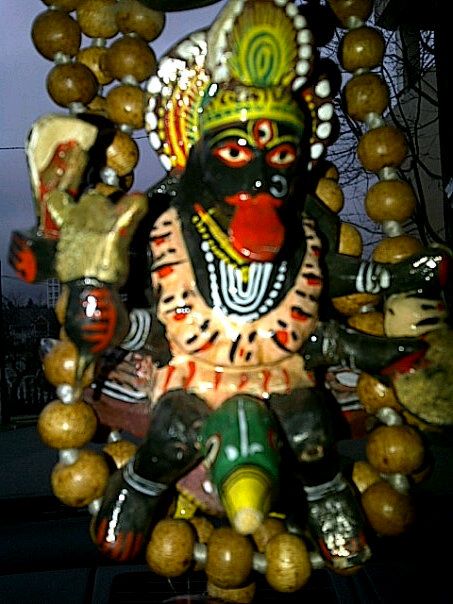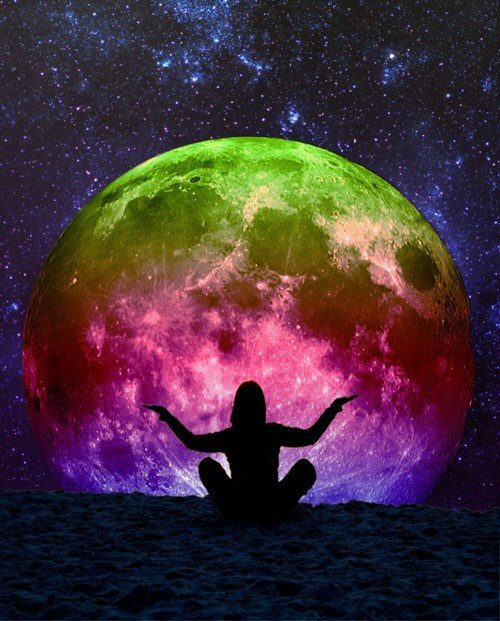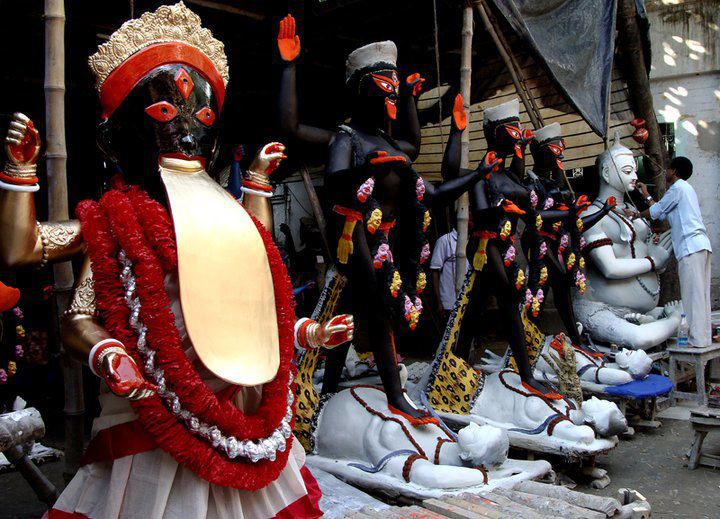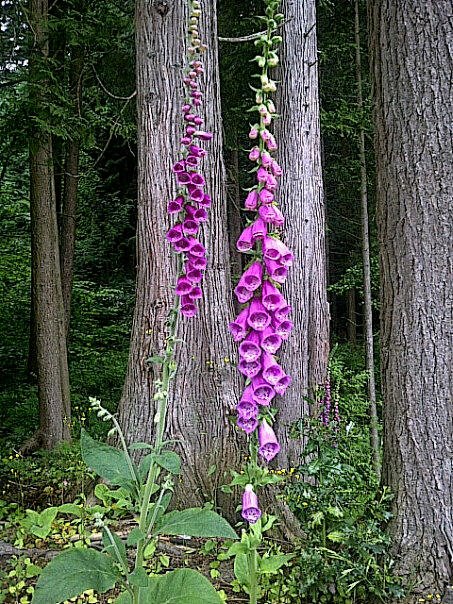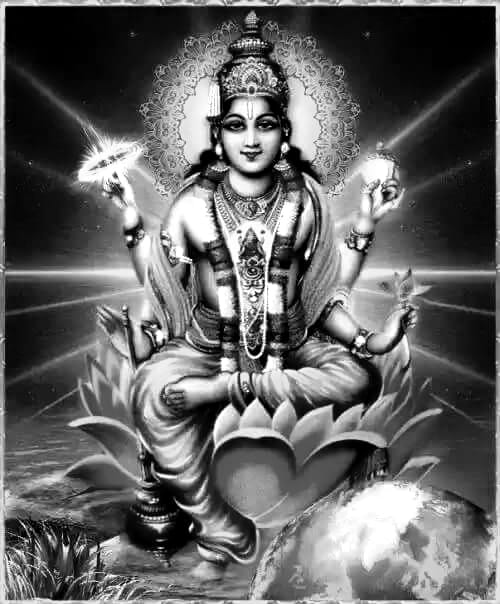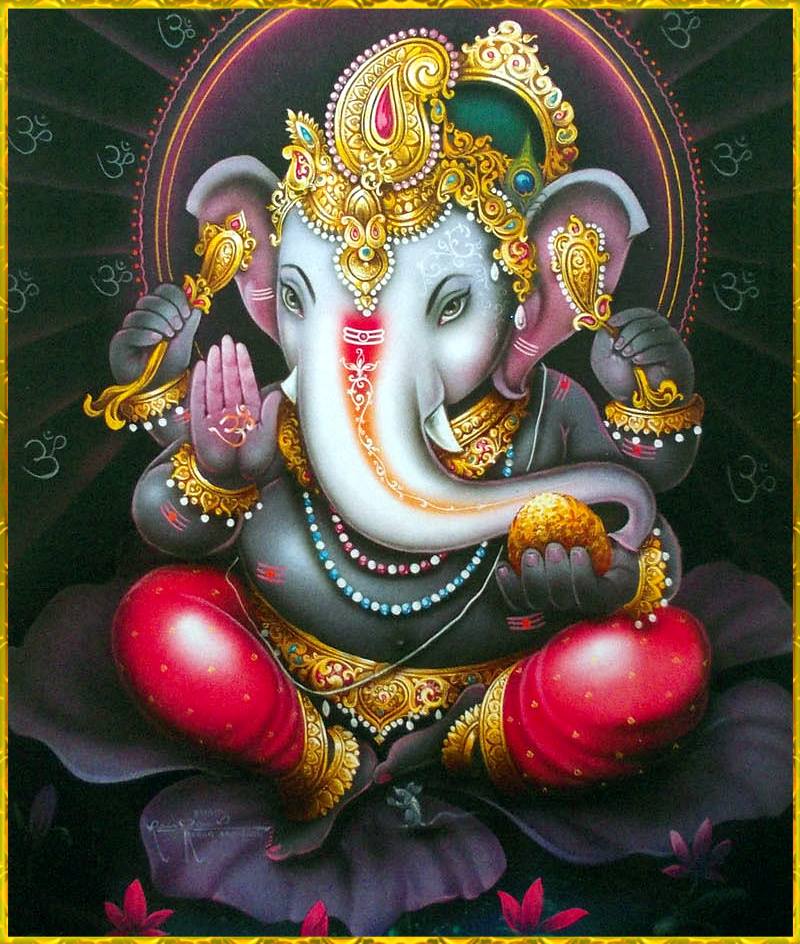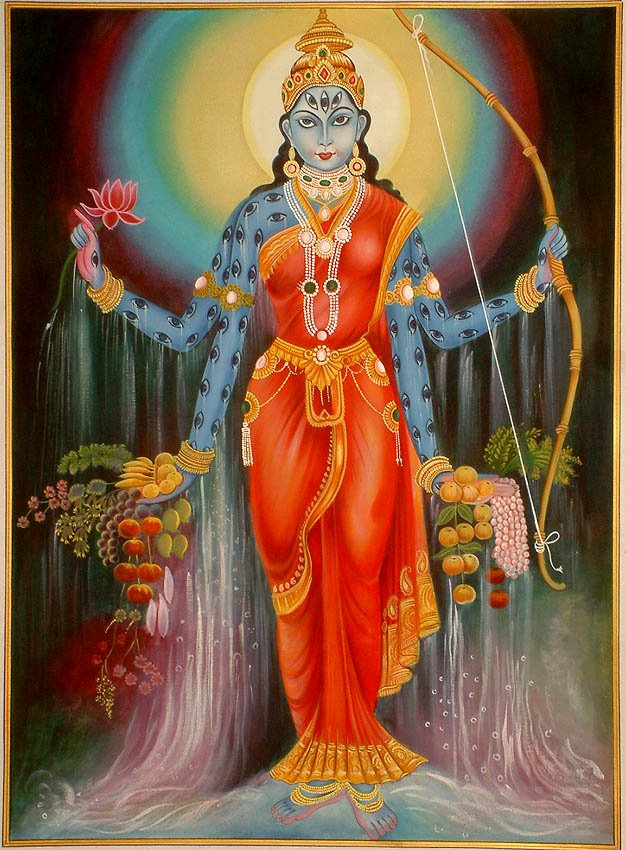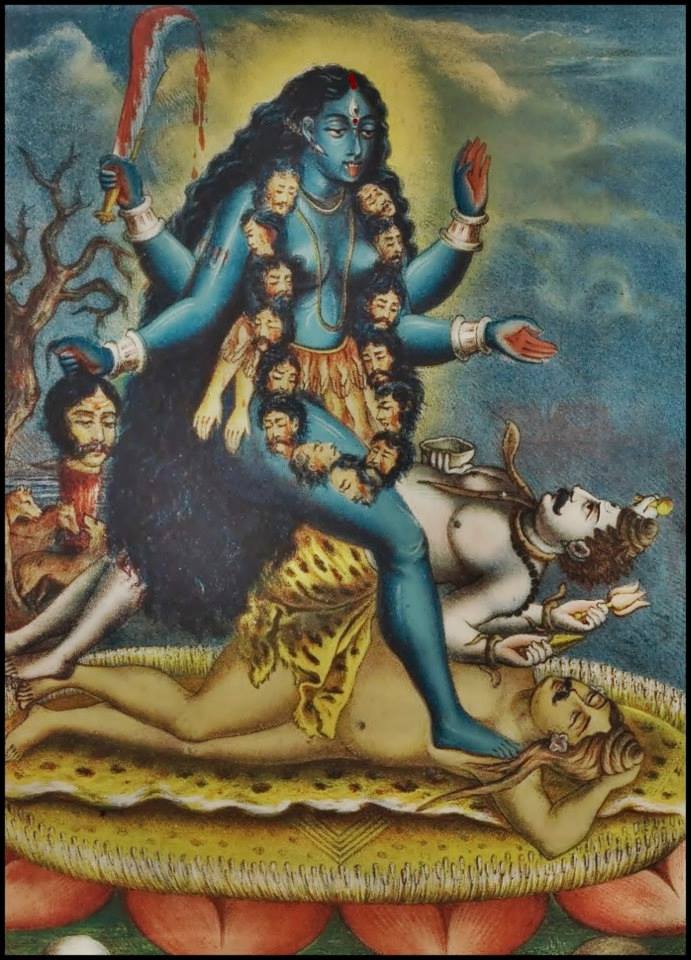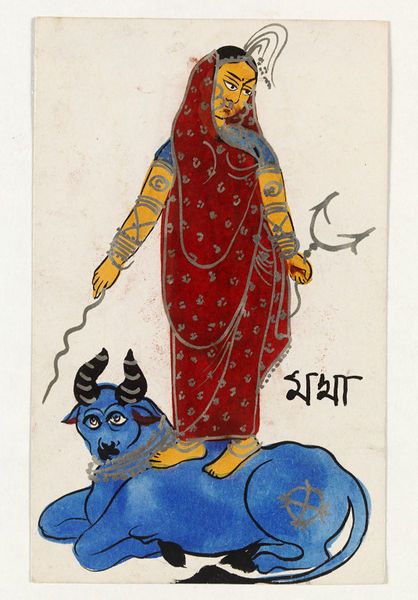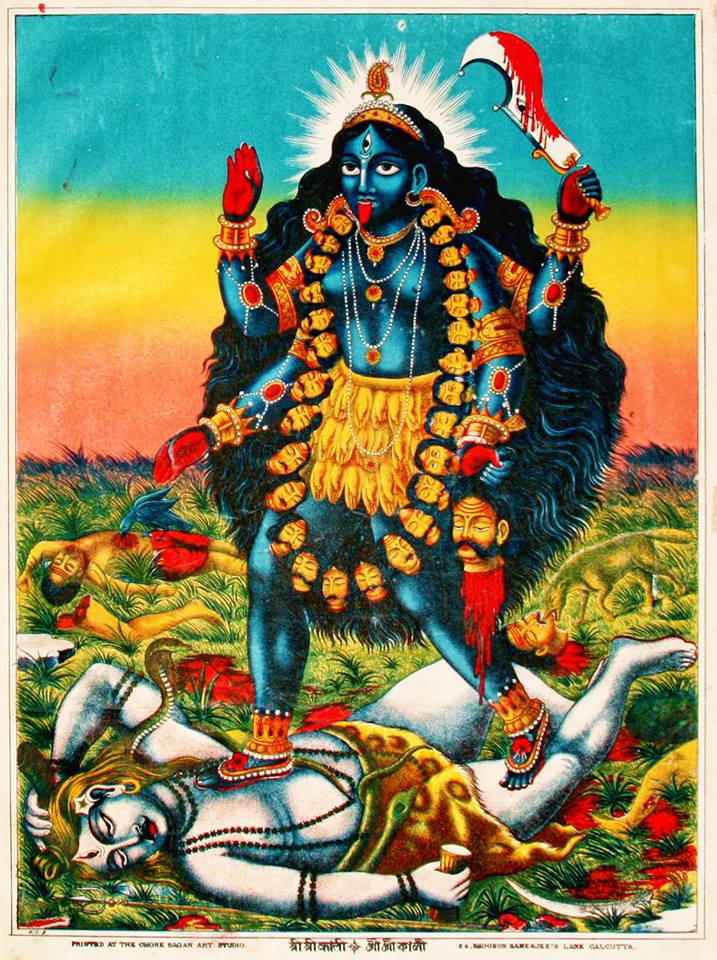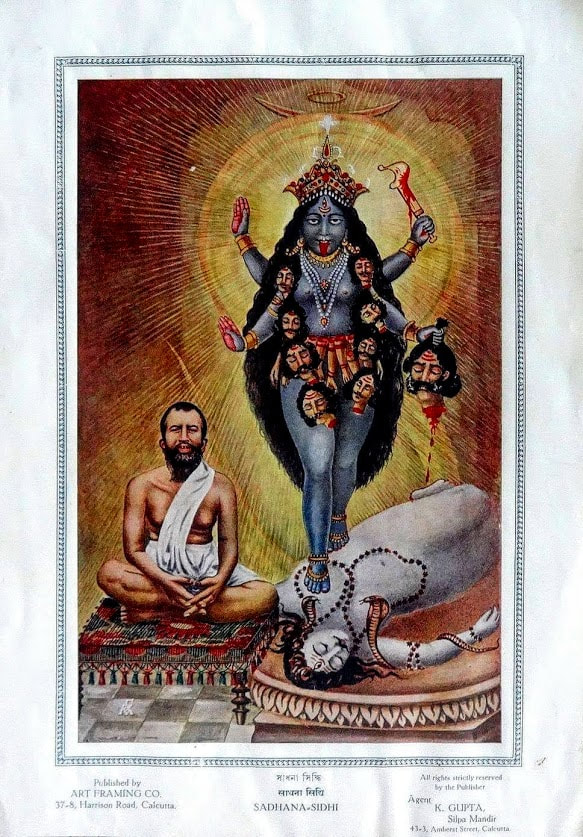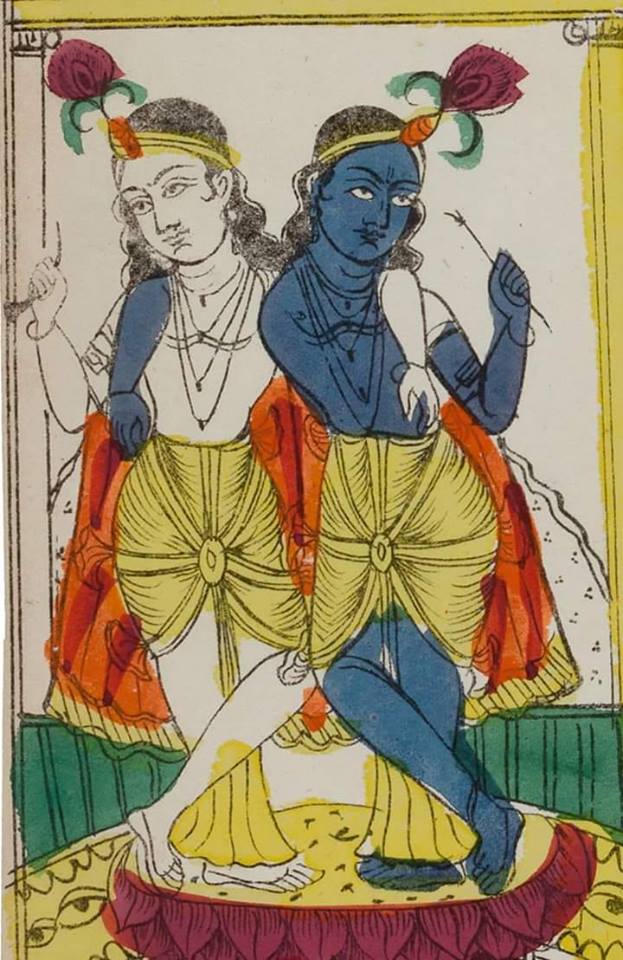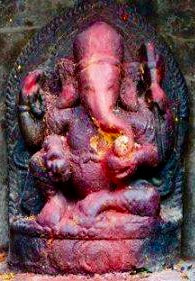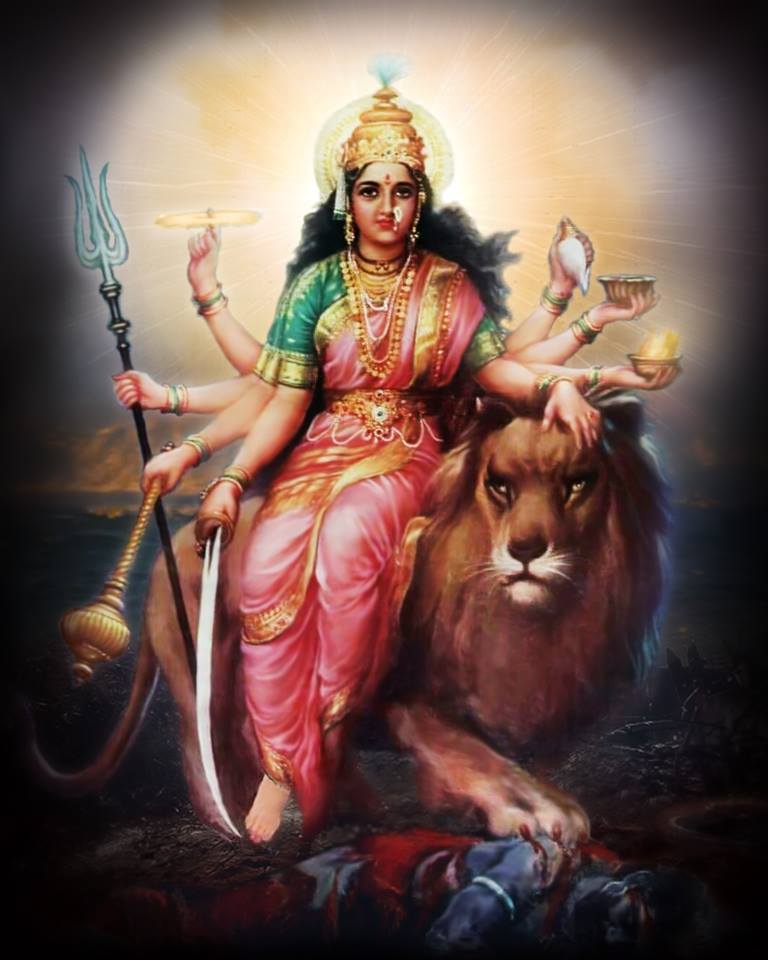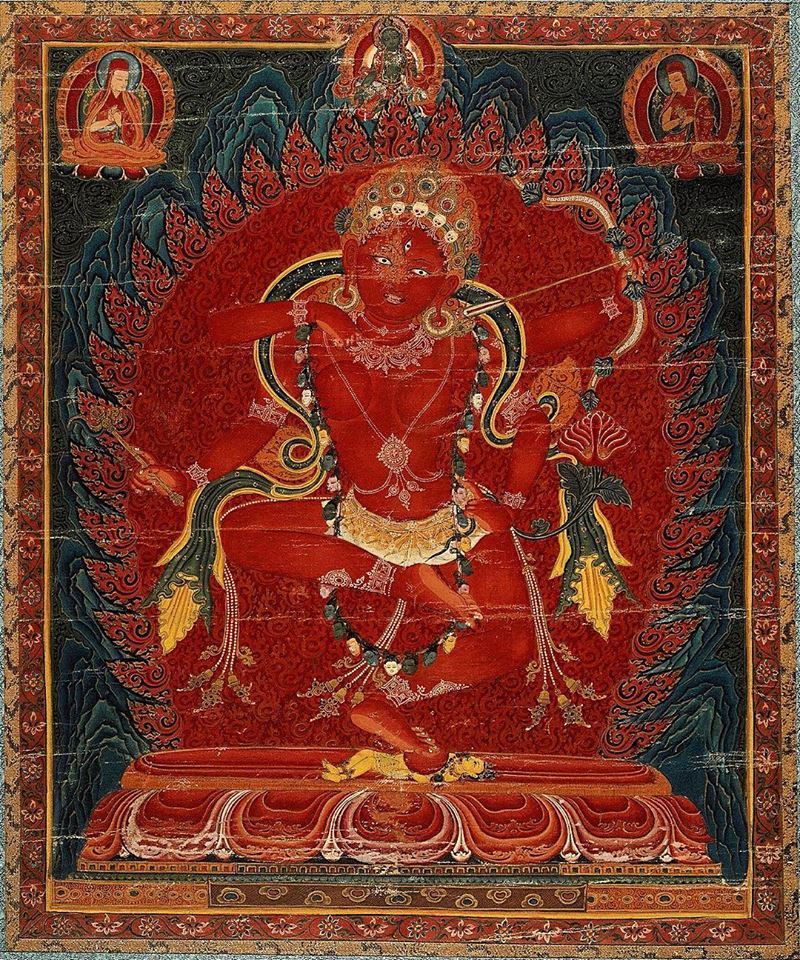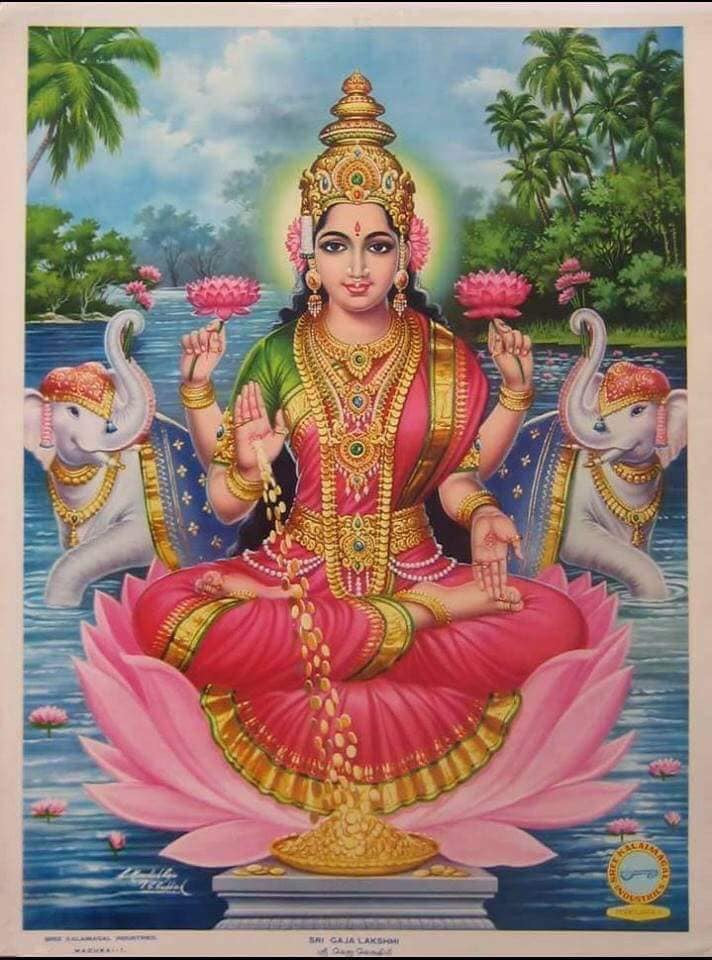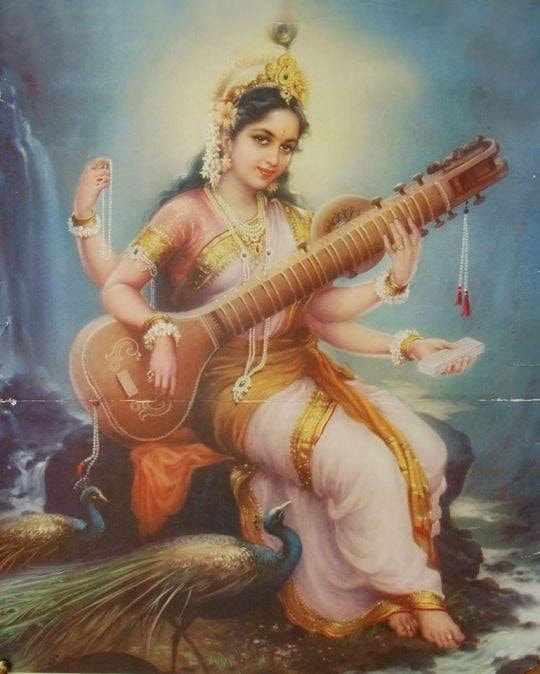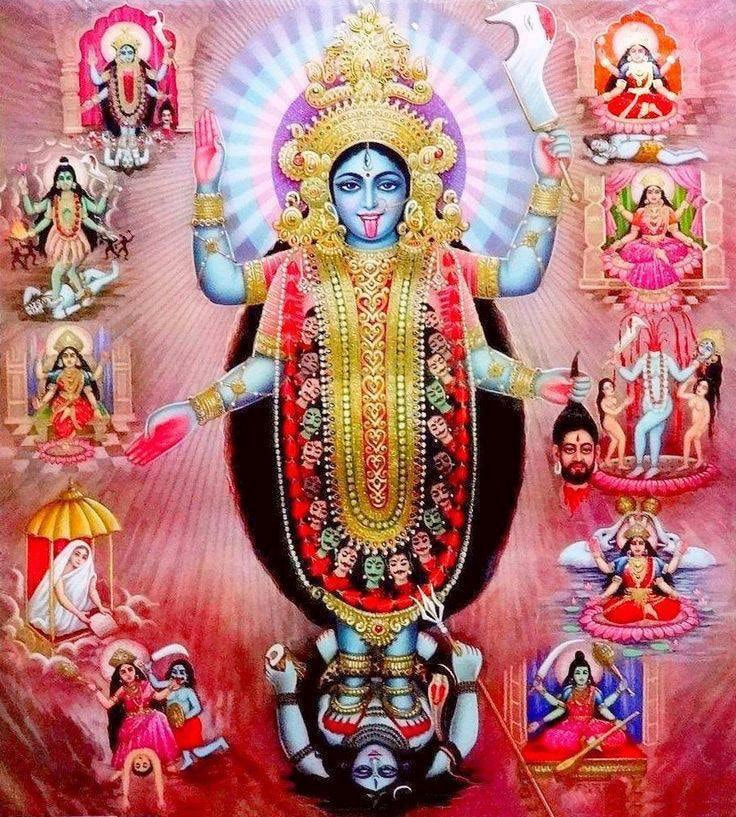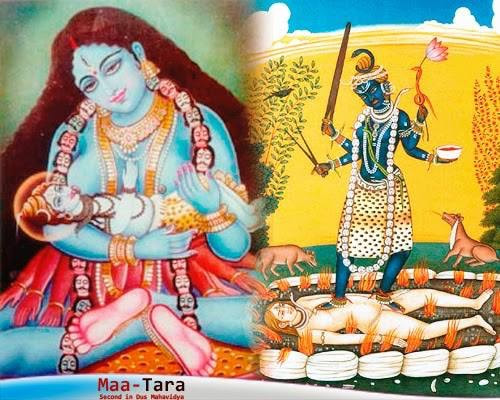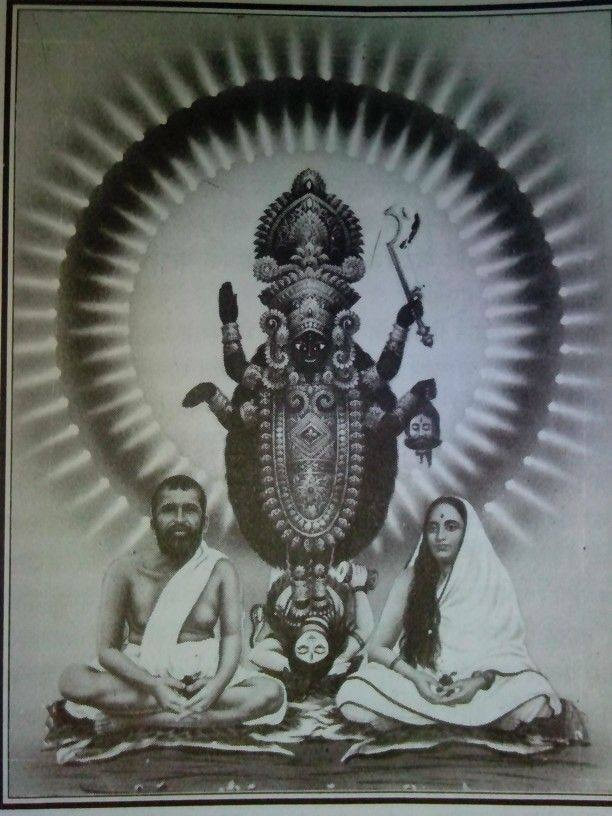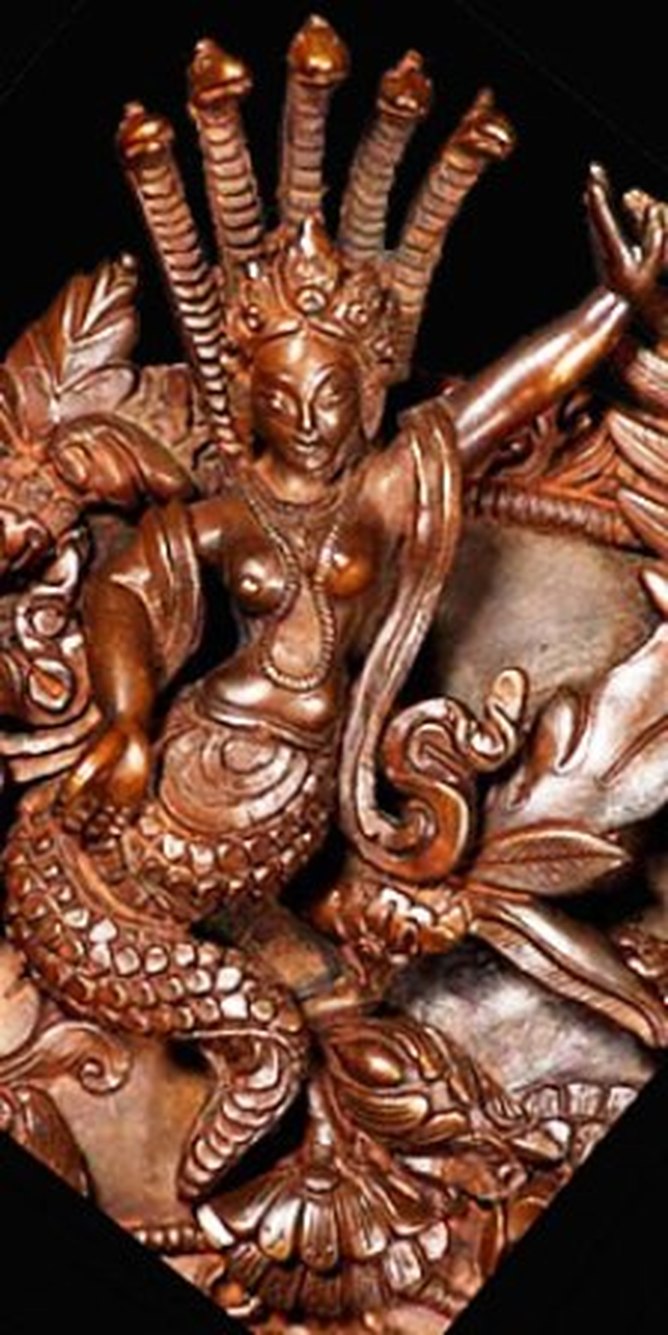
AGNI PURANA: The 13 daughters of Prajapati Daksha are Aditi, Diti, Kadru, Danu, Arishta, Surasa, Surabho, Vinata, Tamra, Krodhavasa, Ida, Khasa and Muni, all of whom were given in marriage to Kashyapa. Kasyapa was the son of Marici, who was the son of Brahma. Kasyapa’s wife Tamra had many daughters like Kaki, Syeni, Bhasi, Grdhrka, Suki and Griva. From Kaki were born the crows in the world.
VINATA: Kashpya had another wife by the name of Vinata. The wives were given to rivalry. Both the wives asked for children in their inimitable ways. Kadru asked for a thousand children. By the Adi Parva in Mahabharata, Goddess Kadru is measured to be the mother of the Nagas because the most important thing about Kadru is her being a mother of "a thousand powerful many-headed serpents. The leader amongst who were Sesha, Vasuki and various violent and poisonous serpents.
Vinata asked for just two children with the stipulation that her children must outrank Kadru’s children. Vinata gave birth to Varuna and Garuda. Varuna and Garuda indeed outshone Sesha and Vasuki. It is said that, thwarted by this, Kadru took to crawling into the wombs of pregnant women who produced more snakes. This is to be taken symbolically, for many a mother does give birth to human with snake-like propensities!
Once a time, Kadru made a bet with her sister Vinata, the bet stands for that loser would be imprisoned to the winner. Goddess Kadru appeal for the collaboration of her children in order to fix the bet so that Kadru would win. When her children balked the appeal, Kadru grow angrier and cursed them to die a scorching death. This culminate din the snake-sacrifice of King Janamejaya, who is the son of king Parikshit. He is traced to being the son of Abhimanyu, the son of Arjuna.
MANASA: The King of Snakes Vasuki was responsive of irritation, and well knew that his brethren would want a hero to free them from it. He moves toward the famous frugal Jaratkaru with a proposal of marriage to a snake-goddess, Manasa, Vasuki's own sister. There is some mix-up in the Puranic stories of Manasa being the daughter of Shiva and a mortal woman identified with Shiva’s consort in her Gauri aspect.
Unlike Vasuki, Manasa enjoys a widespread cult as a deity. She is the Queen of Snakes. There are some links with Mother Lakshmi where Manasa is called Padmavati. She is venerated in Bengal where she is invoked for protection against snake-bites. There she is also Nagini. Manasa is given to blood-sacrifice as part of her rituals.
ROHINI DEVI is a consort of Vasudeva. She is the mother of Balarama and Subhadra. Rohini played a prominent role in bringing up Sri Krishna. Rohini is a partial incarnation of Kadru, the mother of the snakes.
BUDDHISM: “The Nagas are the serpent spirits that inhabit the underworld. They have their origin in the ancient snake cult of India, which probably date back to the early Indus valley civilization (circa 2500 BCE). In the Hindu Puranic legends the Nagas were the offspring of Kadru, the sister of Vinata who gave birth to Garuda. Both the Nagas and Garuda shared a common father, Kashyapa, but due to an act of treachery by Kadru they became mortal enemies.
Kadru gave birth to a thousand serpents, each with many heads, which populated Patala, the region below the earth. This subterranean realm is rich in treasures, with beautiful palaces ruled over by three great Naga kings named Sesha, Vasuki, and Takshaka, who figure prominently in several puranic legends. Historically the Nagas were an ancient Indian race, of whom very little is known other than the serpent cult legacy that they appear to have left within Indian culture.
This legacy was absorbed into Buddhism at an early date, with the Buddhist Nagas inheriting much of their ancient Indian symbolism. They dwell in the underworld below land and sea, especially in the aquatic realms of rivers, lakes, wells and oceans. In Buddhist cosmology they are assigned to the lowest tier of Mt. Meru, with their Garuda enemies placed on the tier above them. Nagas are the underworld guardians of treasures and concealed teachings and they can manifest in serpent, half-serpent, or human form. The great second century Indian Buddhist master and philosopher, Nagarjuna, was perhaps the first person to receive a 'hidden treasure text' or terma from the Nagas, in the form of the Prajna-paramita-sutra.
Nagas can have a beneficial, neutral or hostile influence on human beings. Like their Chinese dragon counterparts, the Nagas are responsible for controlling the weather, causing droughts by withholding rain when they are offended and releasing rain when they are propitiated. Pollution of their environment or disrespectful acts such as urinating or washing soiled clothes in a Naga inhabited stream, can result in illnesses or Naga afflictions. Leprosy, cancer, kidney problems and skin ailments are all viewed as possibly being Naga related diseases.
Eight great Naga kings, or Kluirgyal in Tibet are commonly listed in Buddhism. These nagarajas are often described as being crushed underfoot, or worn as adornments by certain wrathful deities. The Nagas are also divided into a fivefold caste based upon the Hindu caste division or social order. In the east are the white kshatriya or warrior caste, in the south the yellow vaishya or merchant caste, in the west the red Brahmin or priestly caste, in the north the green shudra or laborer caste and at the center the black chandali outcastes or 'untouchables'.
This color placement corresponds with the traditional directions of the Five Buddha mandala, with blue-black Akshobya at the center. Wrathful deities often wear these eight nagarajas, or the five castes of Nagas, as one of the 'eight great attires of the charnel ground', known as the 'revolting snake ornaments'. These consist pairs or clusters of ferocious, writhing, coiling and hissing poisonous serpents worn as body adornments by these wrathful deities. The coiling white serpents of the warrior caste are wreathed around the half-vajra on a wrathful deities crown.
Clusters of yellow serpents of the merchant caste hand or coiled as the deity's earrings. The deity's necklace or sacred thread is formed from a wreath of red serpents of the Brahmin caste. As the sash or chest garland the deity wears an entwining bunch of long green serpents of the laborer caste. As bracelets, armlets and anklets, the deity wears encircling wreathes of small black snakes, which represent the outcaste or untouchable caste.
In their individual iconography the Nagas are usually depicted with a human upper body and a coiling serpentine body below their waists. Nagas are most commonly white in color, with one face and two hands, often with their hands folded in supplication or offering jewels. A hood of one, three, five or seven small serpents arises like a crest above a Naga's head and these serpents are often individually colored to correspond to the five castes of Nagas or to the eight great Naga kings. The motif of a multi-headed serpent crowning the head of an Indian Naga may possibly have originated from the seven or nine estuaries or mouths of the ancient River Indus.” (to be edited)
Hara Hara Mahadeva.
by Yogi Ananda Saraswathi
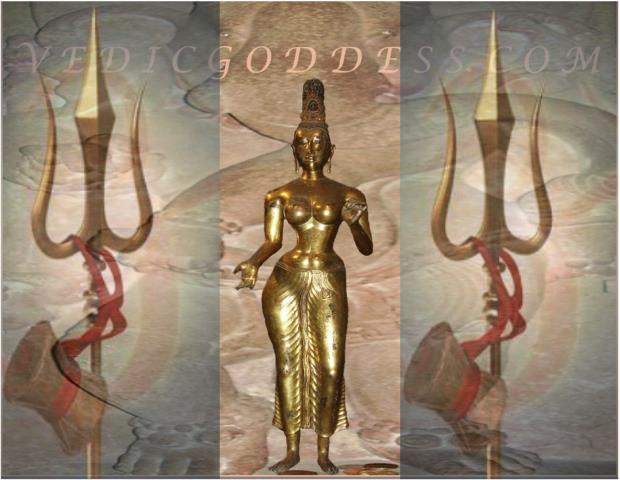
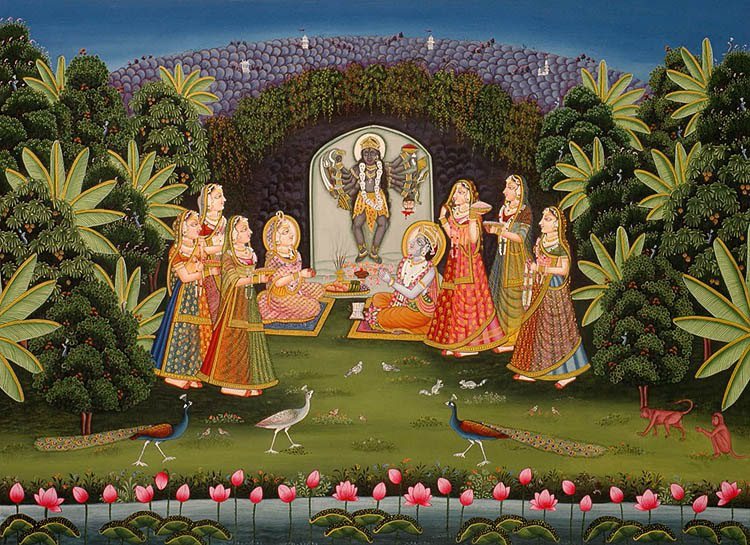

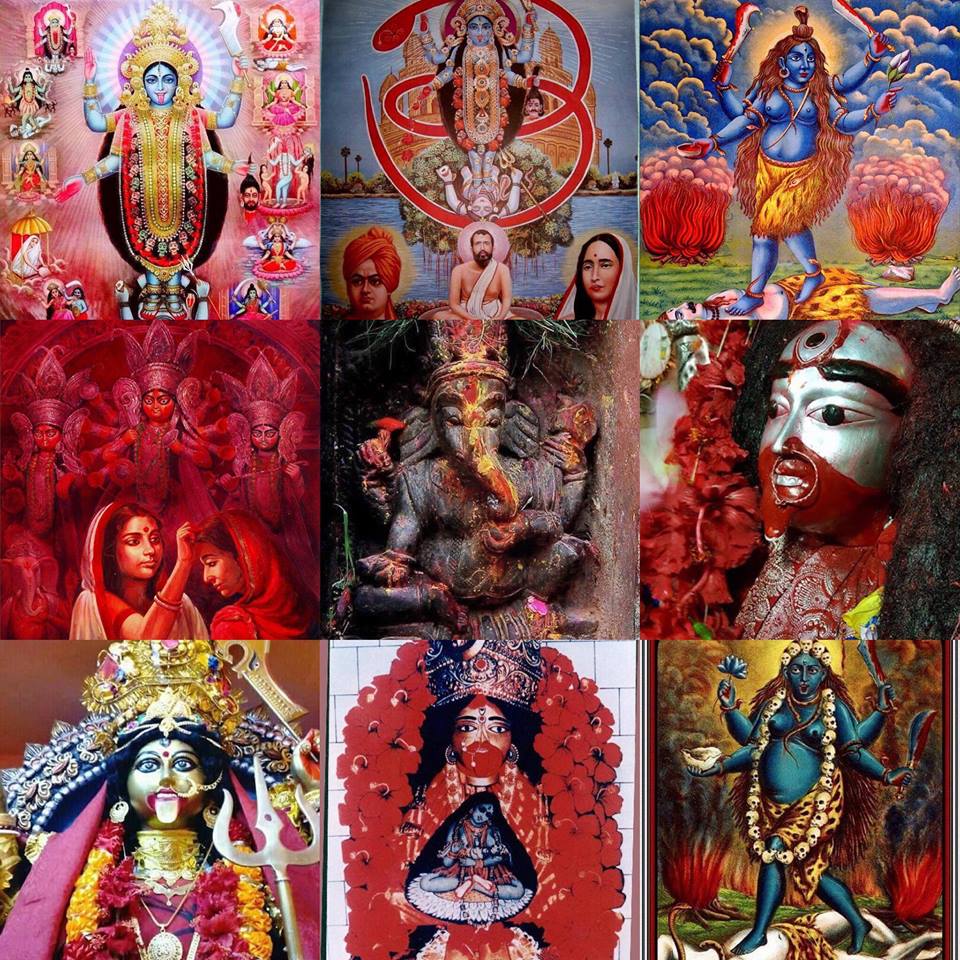
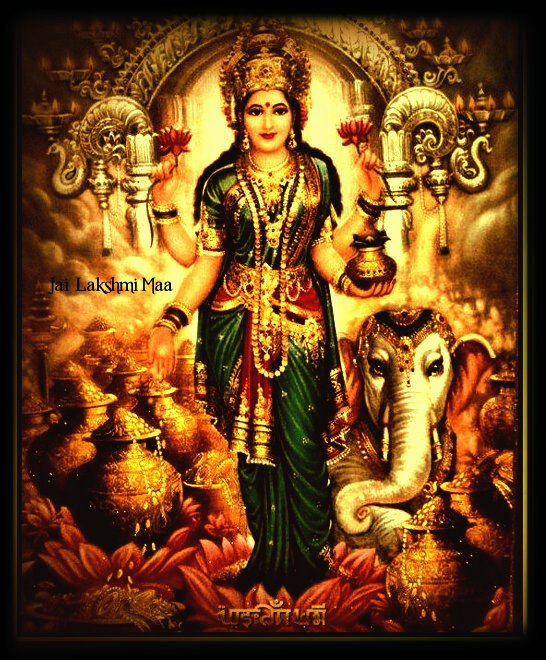
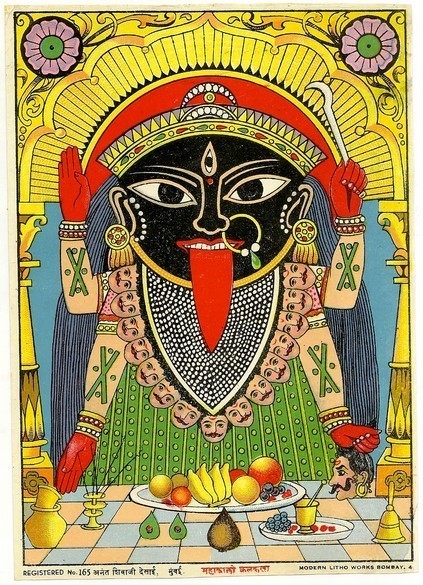
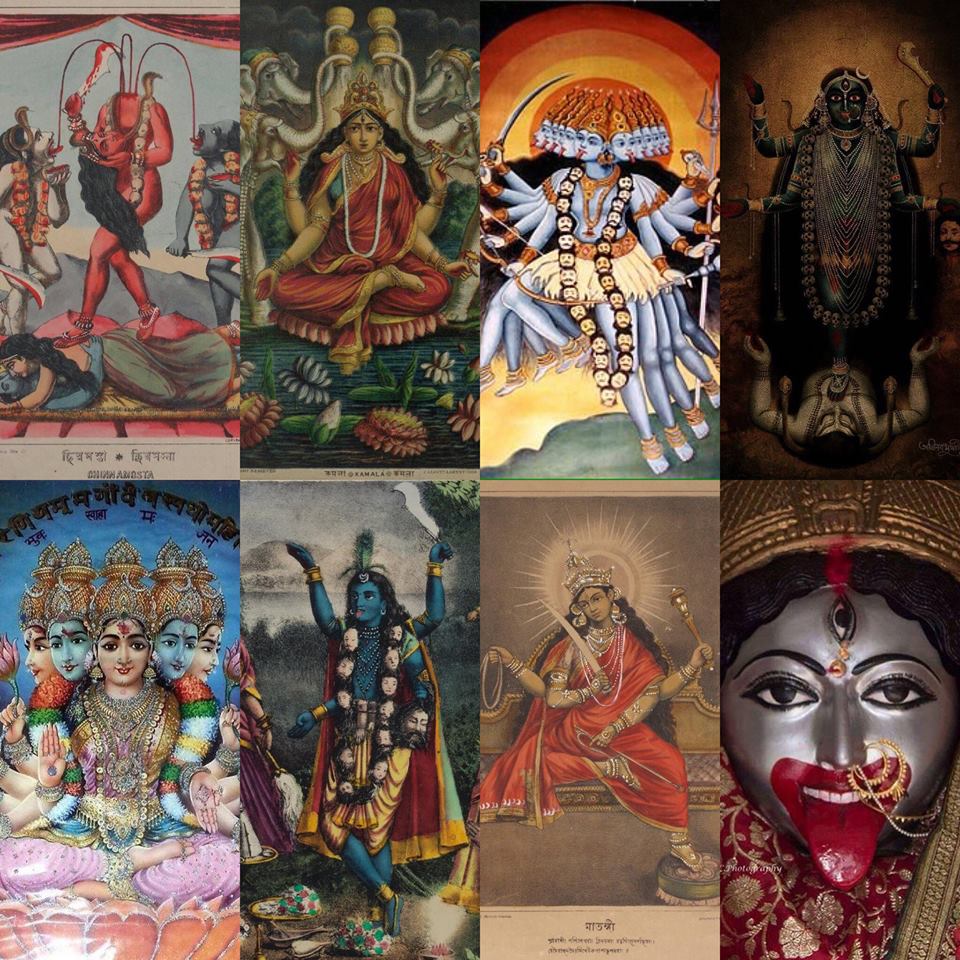
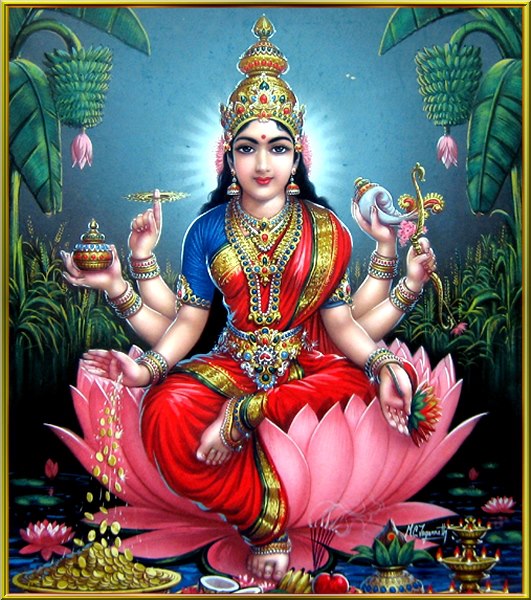
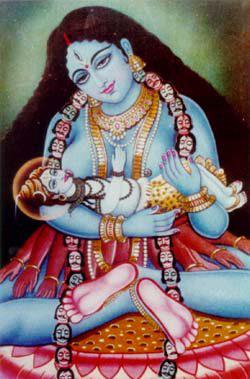
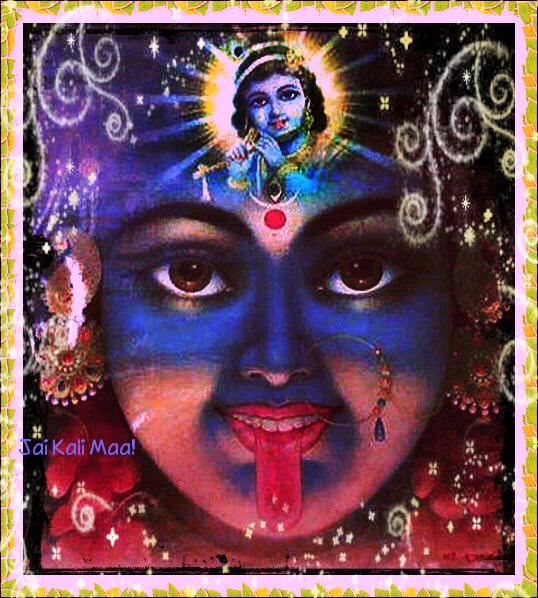
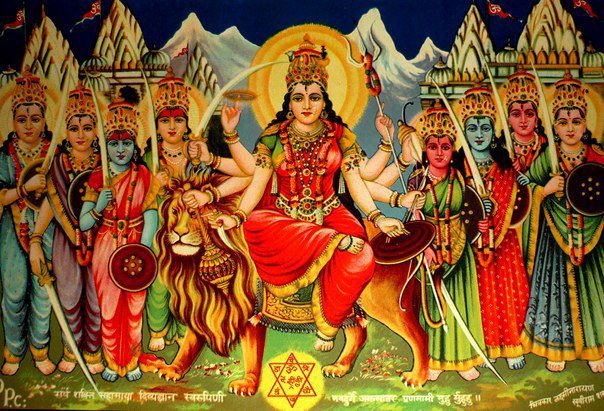
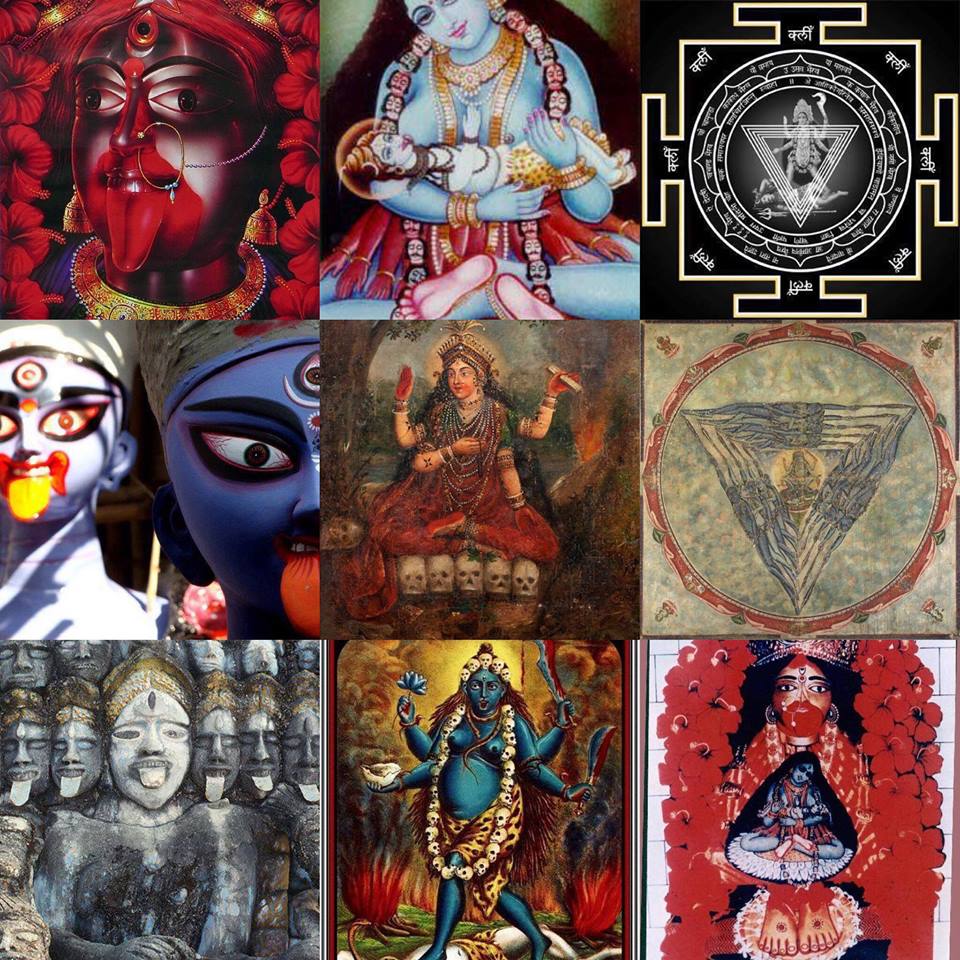
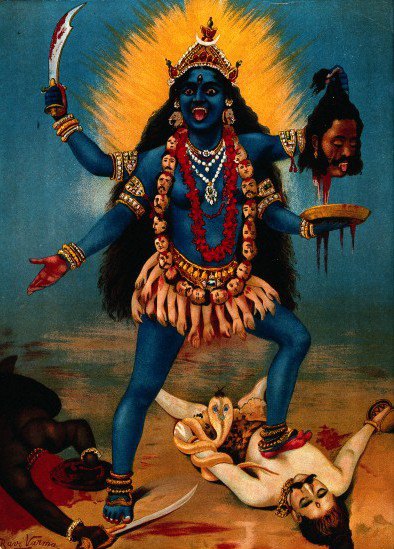
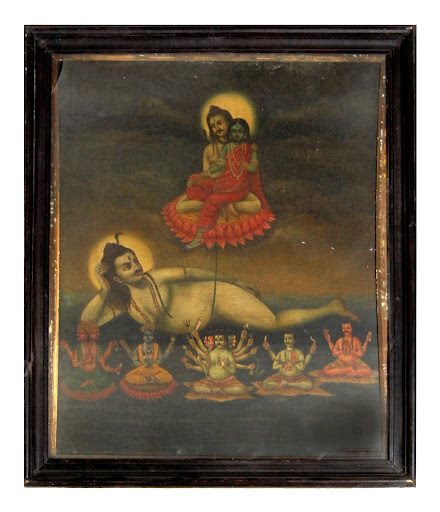
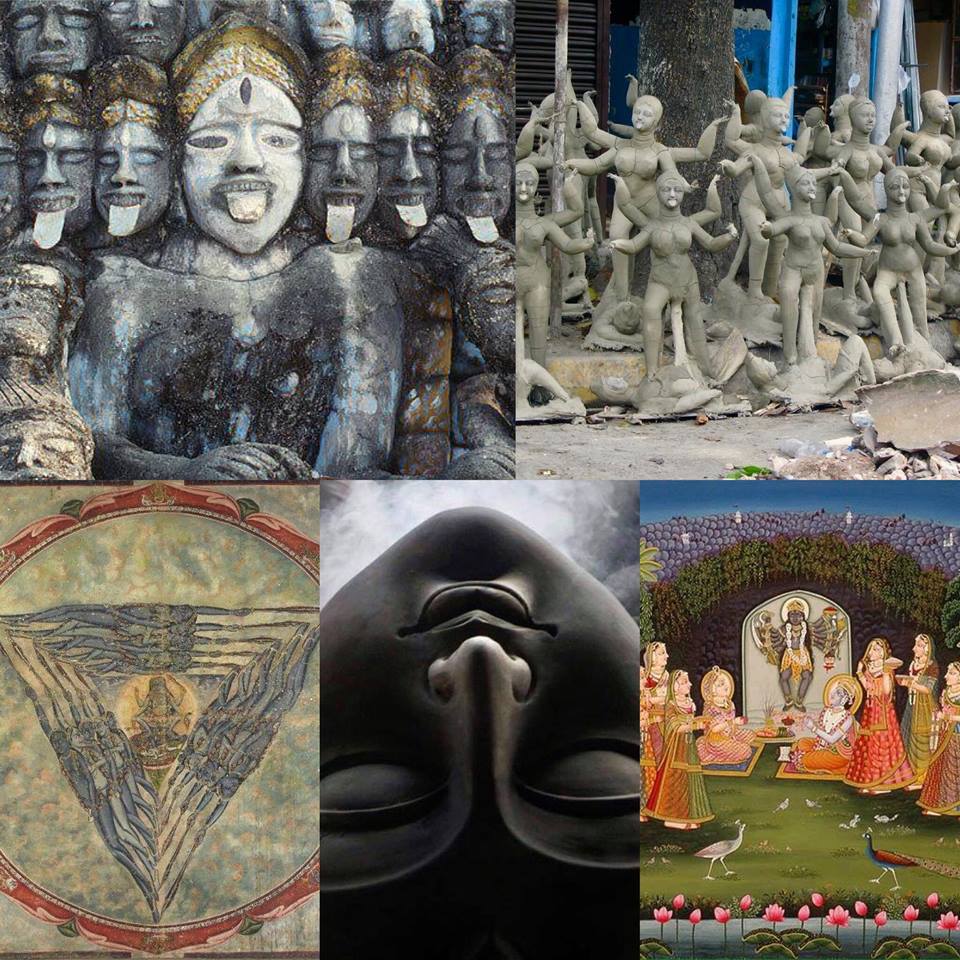
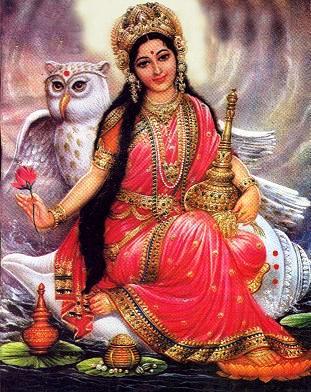
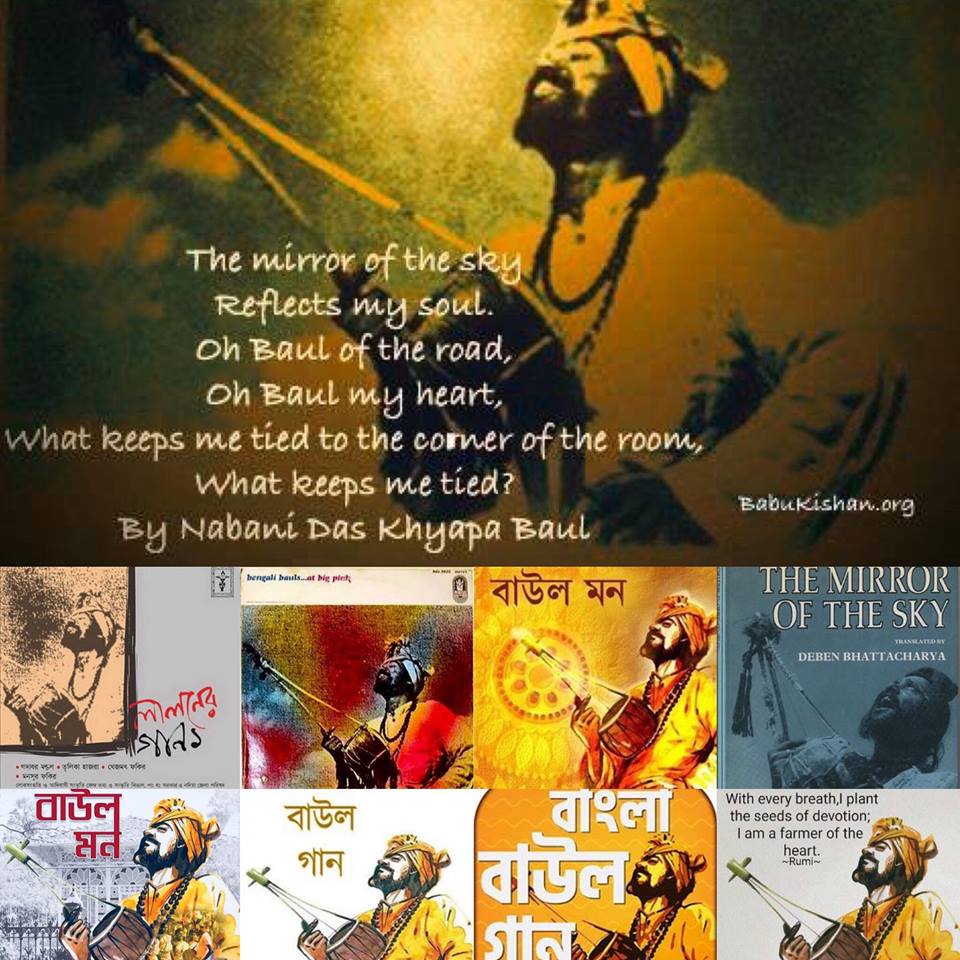
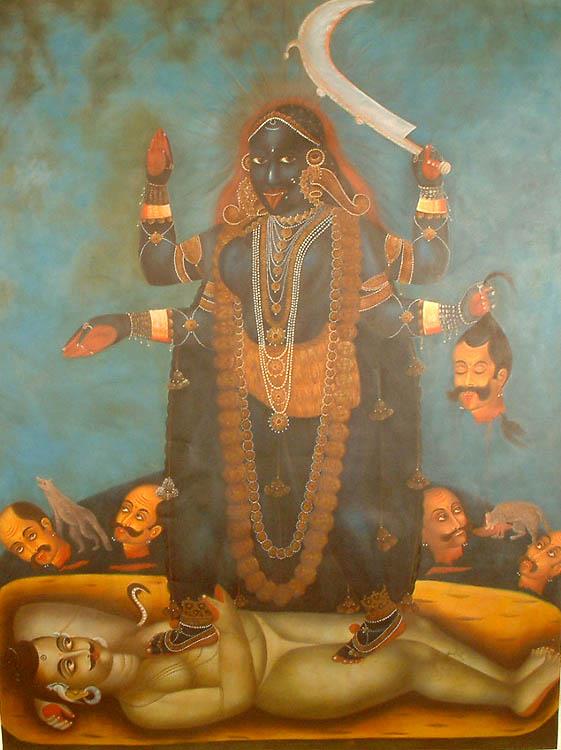
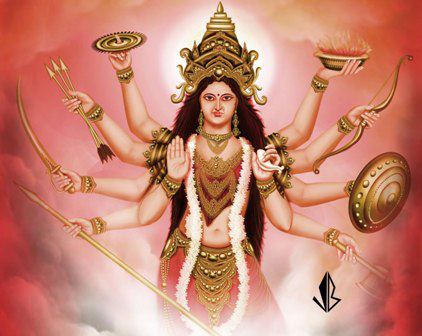
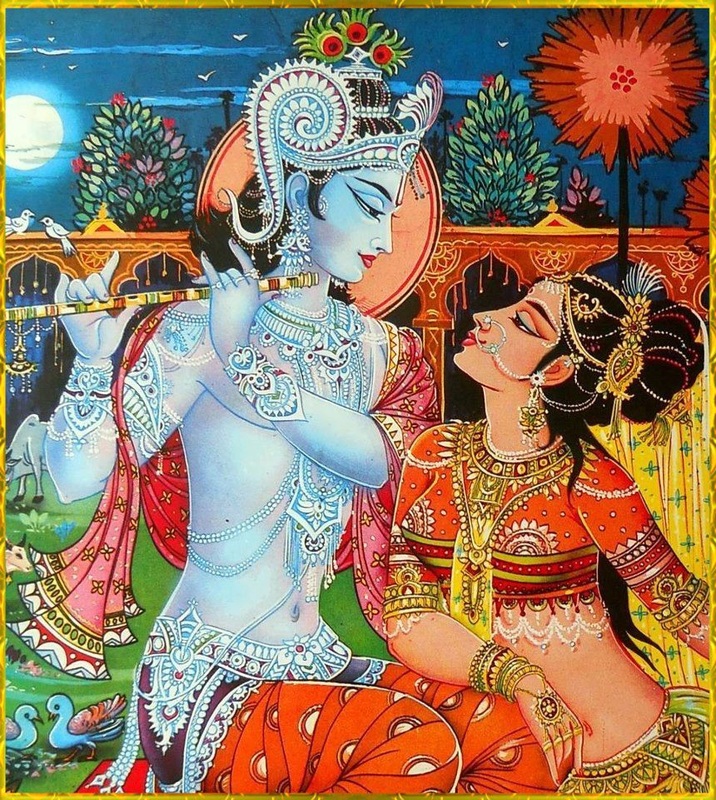
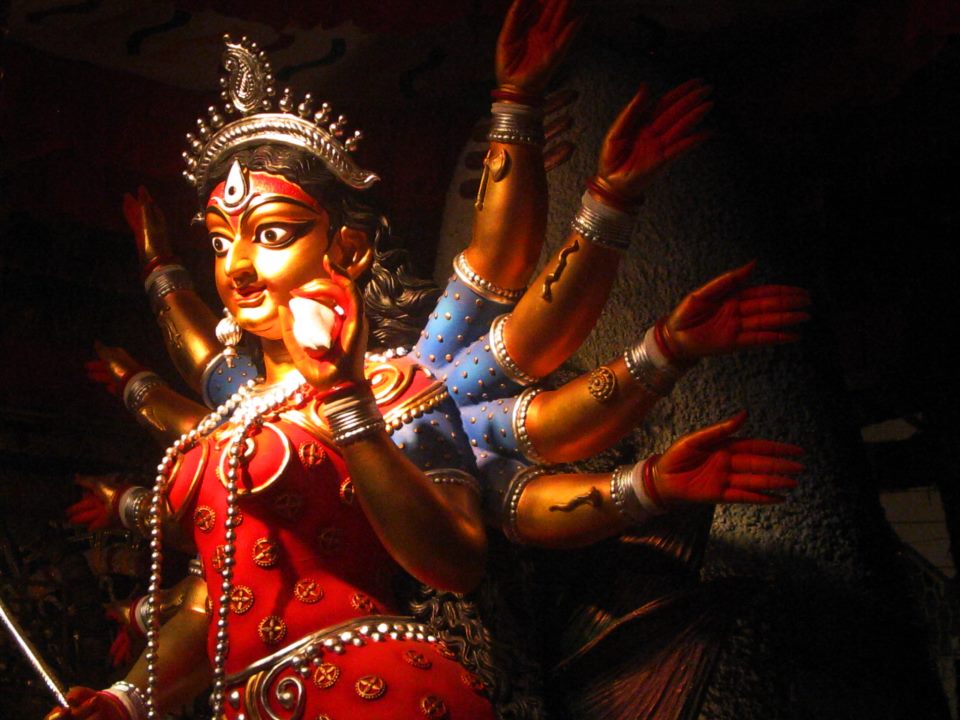
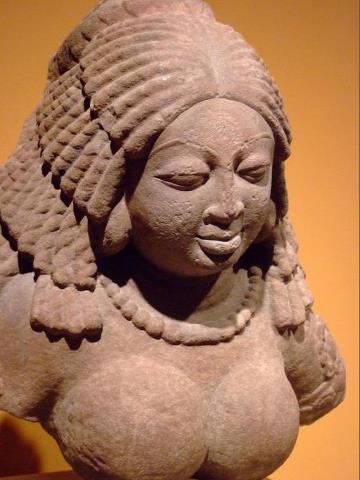
 RSS Feed
RSS Feed
